From the End of Nineteenth Century to WWI
When Galicia came under the rule of the Habsburg Monarchy in 1772, no specially built barracks or barracks complexes existed in Lviv. At first, the Austrian military used the premises of Lviv’s monasteries for magazines (ammunition storehouses) and barracks (Ger: Kaserne/Caserne; Polish: koszary; Ukr: касарні, казарми, кошари). Slowly, they also started to build structures intended for military purposes.
The pace picked up at the end of the nineteenth and beginning of the twentieth centuries, which is when many new barracks and barrack complexes appeared in the city. The army was growing in size — the total number of military personnel steadily increased during the nineteenth century and by 1901 reached 10,326 people. Additionally, weaponry and military equipment had changed over time. And so it is no wonder that the reformed military units needed more space.
***
Below I’ve gathered information about these newest barracks in Lviv (click here to see the oldest ones) together with historical map fragments that show where these barracks were located and how many structures once existed in these complexes. The number of such barracks complexes around Lviv was quite large, and not always a lot of information is available for them.
Barracks Complex in Klepariv
Names: k.u.k. Carl Ludwig-Kaserne; Koszary trenu; Koszary piechoty
Architects: Napoleon Łuszczkiewicz and Alfred Kamienobrodzki
Style: Neo-Renaissance
Built: 1895-99
Housed: Two battalions of the 95th Infant Regiment; 11th Transport Division
Location: 22&24 Kleparivska St.; 13&15 Veteraniv St.; 3&5 Hrekova St.; 2&4 Baturynska St.
Today: The joint military commissariat of the Halytsyi, Frankivskyi, and Sykhiv districts of Lviv.

1892 | Warehouses 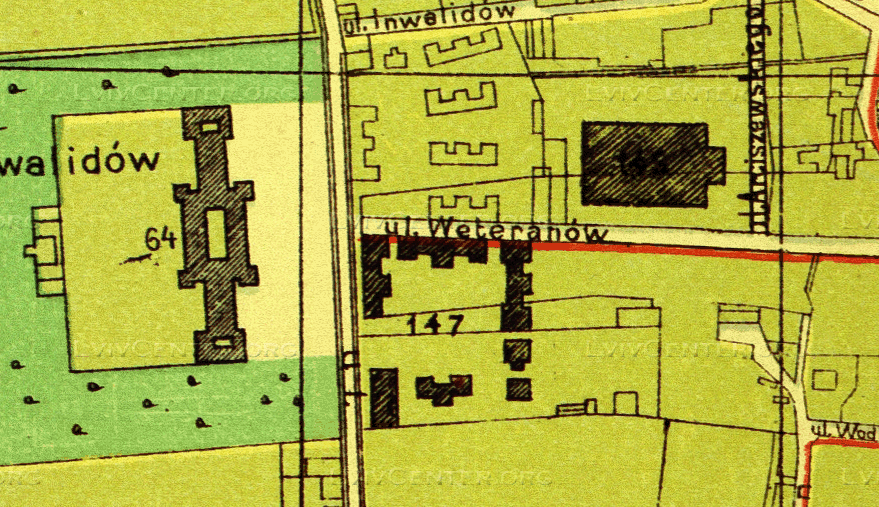
1895 |Warehouses & barracks 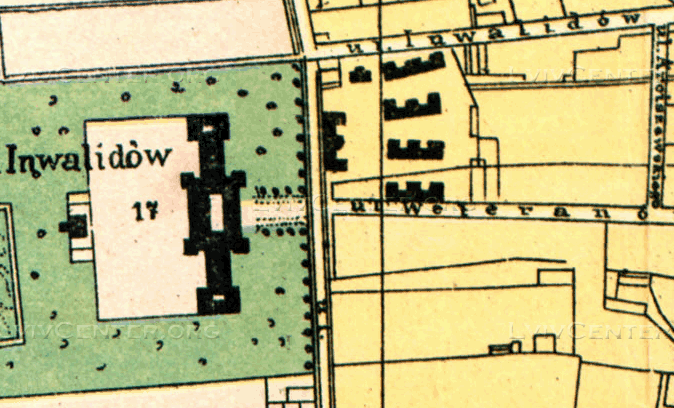
1900 
1902 
1910
The complex built between the streets of Kleparowska (Kleparivska), Weteranów (Veteraniv), and Inwalidów (now Baturynska) included barracks for two battalions, a horse riding hall, outbuildings, and a training ground for soldiers. The regiment was trained at a shooting range created nearby, near the hill behind the House of the Invalids. That is also where all units of the Lviv garrison learned to shoot.
Carl Ludwig Barracks
22 & 24 Kleparivska housed two battalions of the 95th Infant Regiment
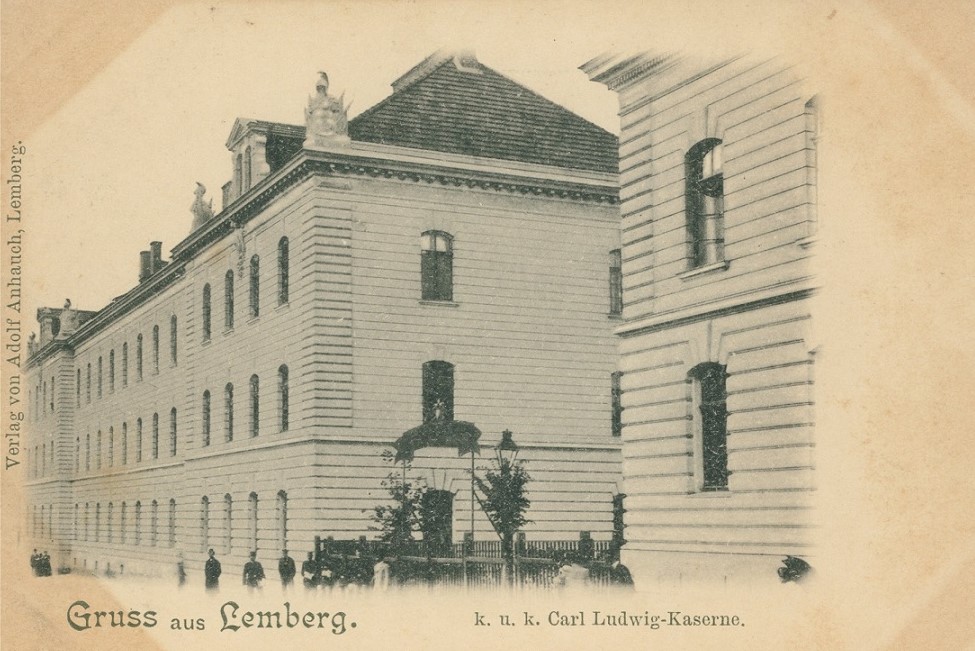
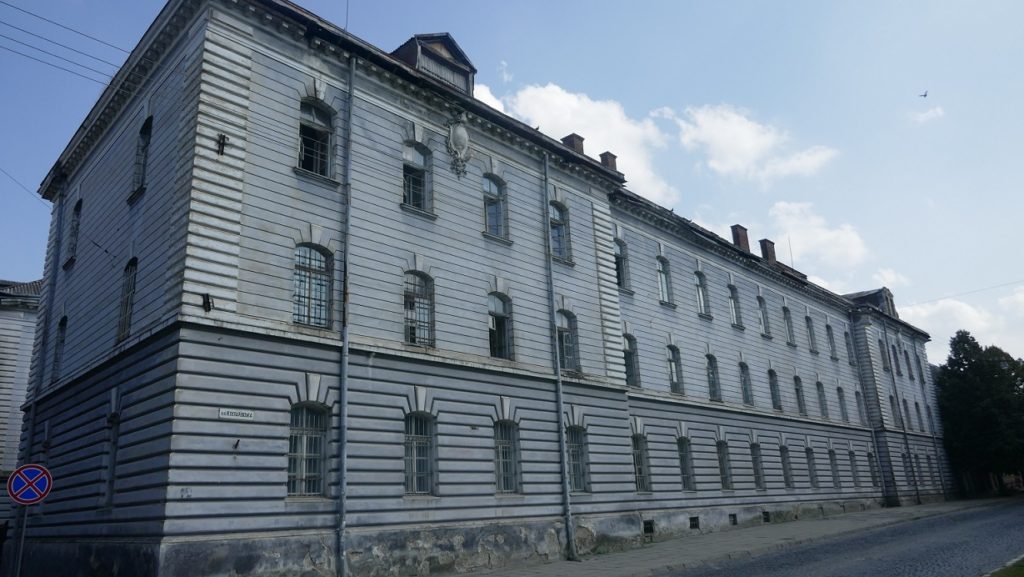


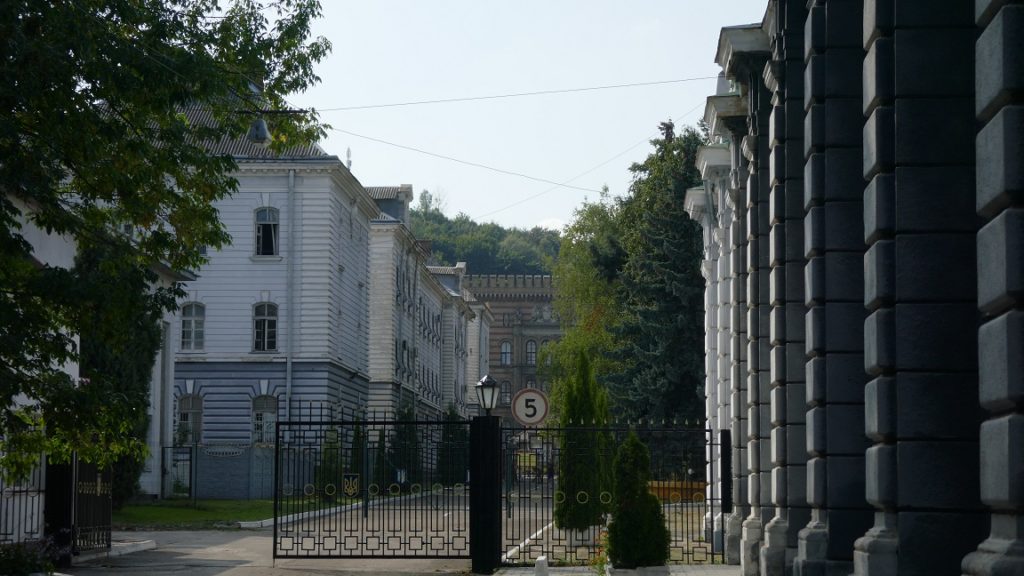
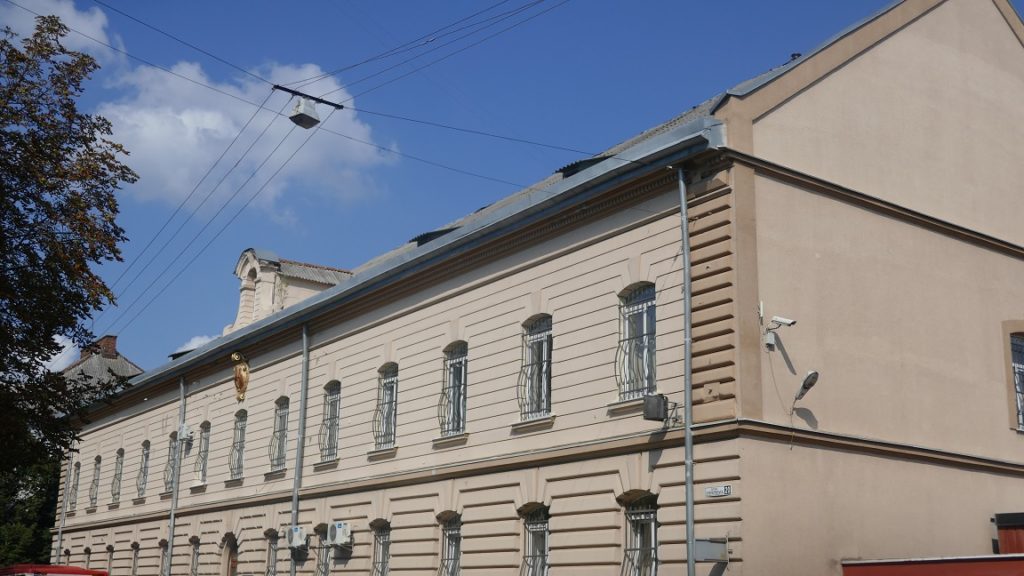
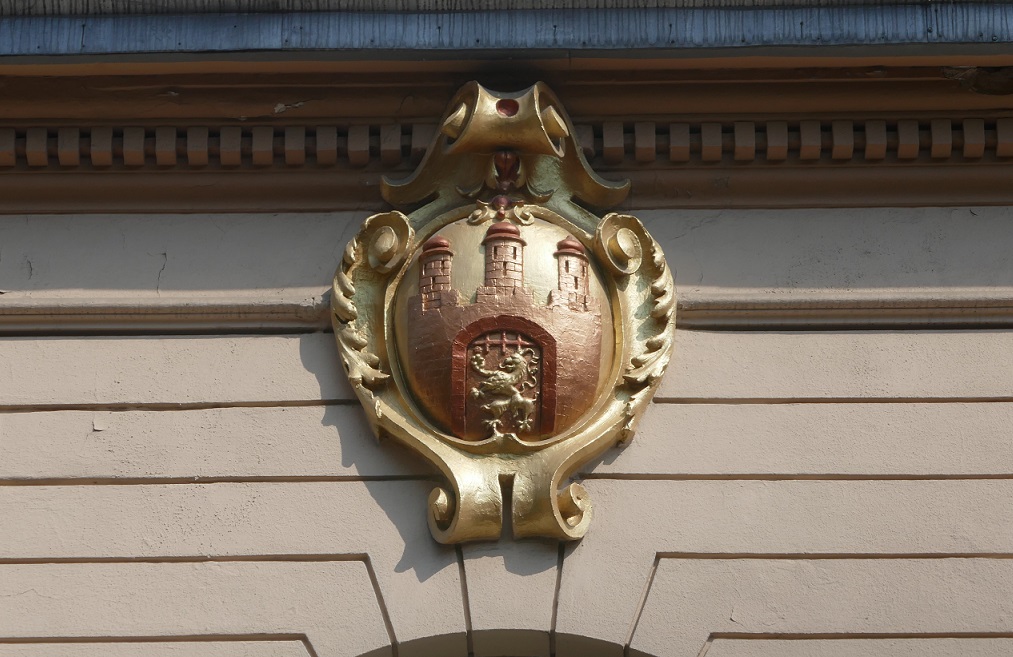
3 & 5 Hrekova St. housed the 11th transport division

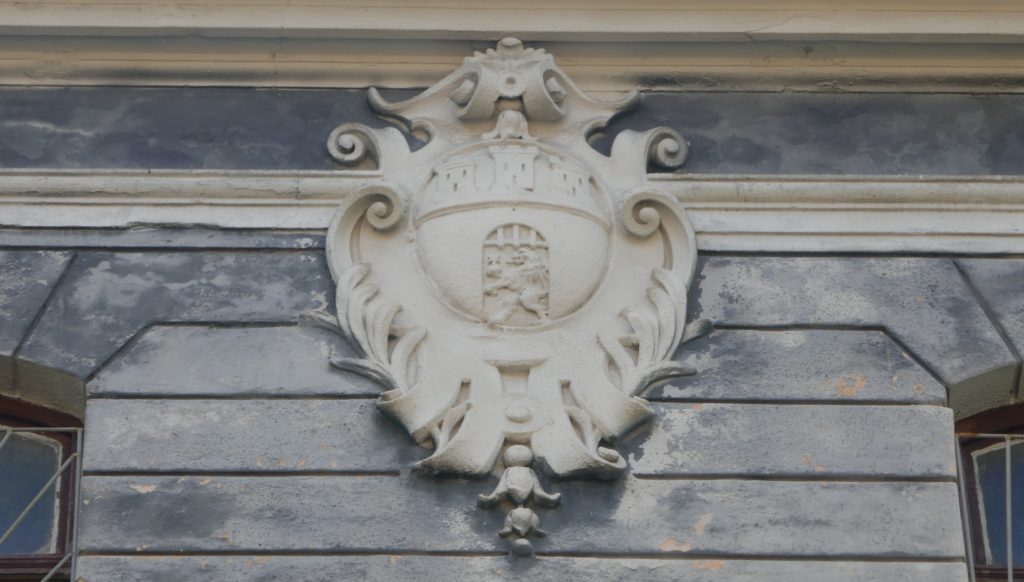
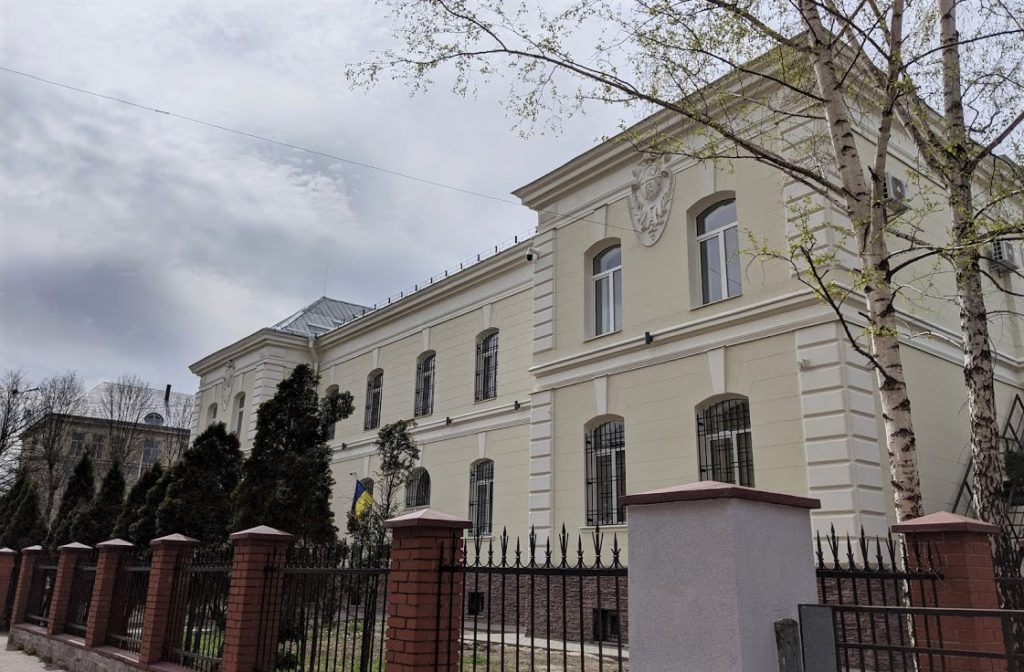
Former Military Riding Hall
Housed: Military horse riding hall (maneż) of the infantry regiment
Location: Corner of Veteraniv and General Herkova Sts.
Built: 1889-1891
Architect: Juliusz Hochberger
Today: Sports complex
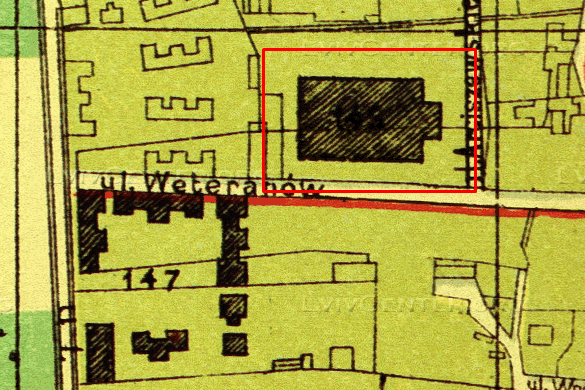
1895
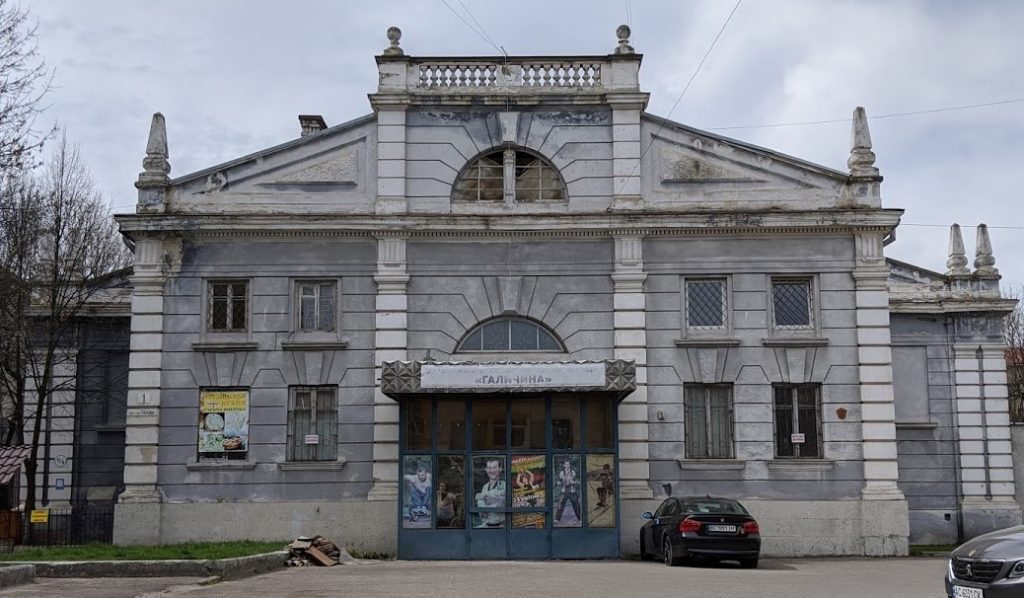
Front view 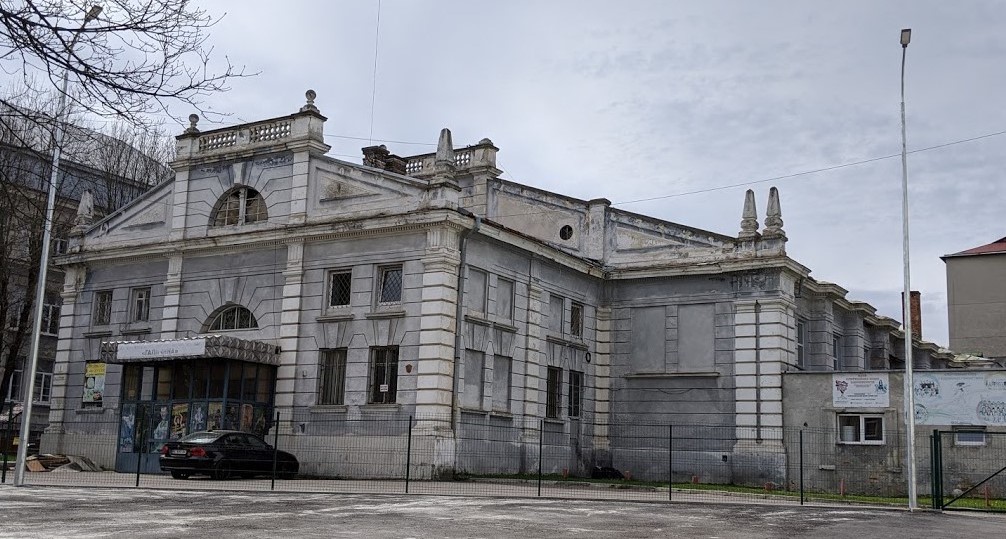
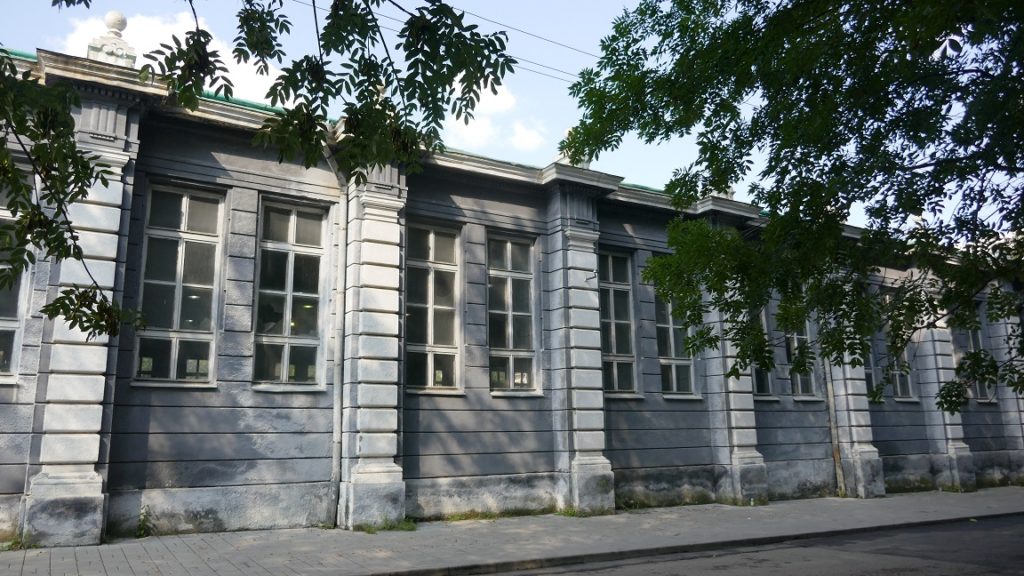
Side view
Barracks Complexes in Lychakiv
Cavalry Barracks (Pietscha)
Names: Koszary kawaleryi (Pietscha), Koszary konnicy (Cavalry Barracks)
Location: 74-80 Lychakivska St.
Formerly: Territory of the factory of F. Pietsch (Pietzsch)
Housed: Galician Regiment of the Lancers of General of the Cavalry Rudolf Knight von Brudermann No.1 (K.u.K. Galizisches lanenregiment GdK. Rudolf Ritter von Brudermann No.1)
Built: End of the nineteenth century
Style: Neo-Renaissance
Today: Houses a Ukrainian Border Guard detachment
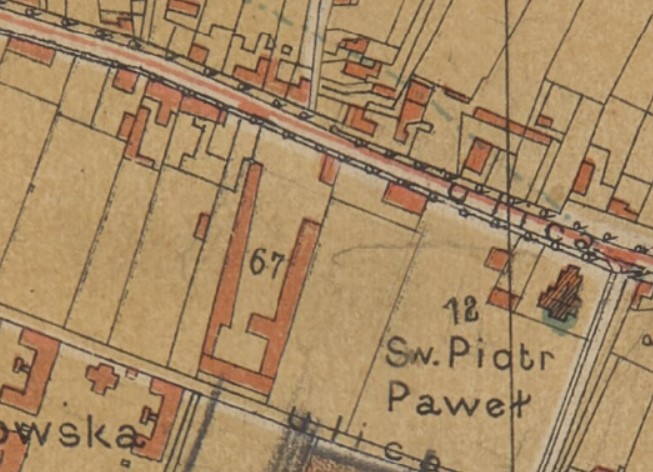
1890 | 67 Koszary kawaleryi (Pietscha) 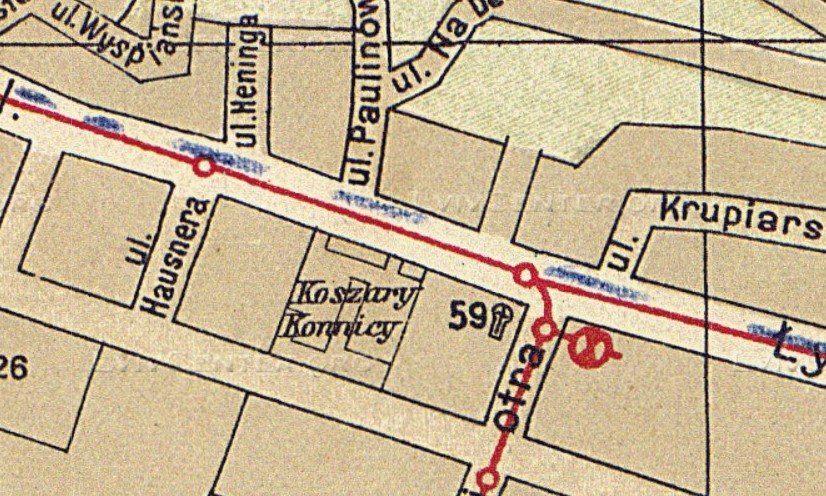
1910 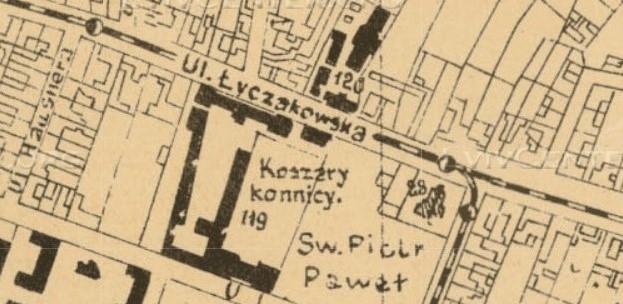
1910
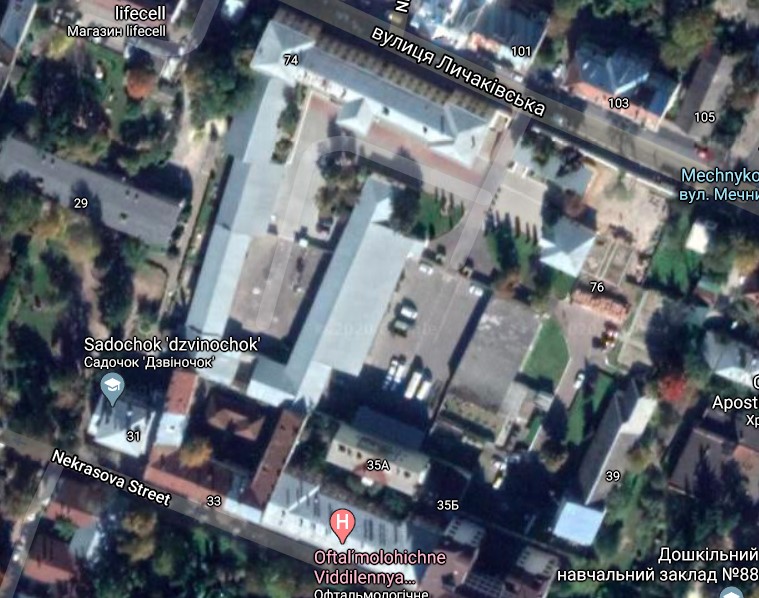
The barracks complex was built on the territory of Ferdinand Pietsch’s (Pietzsch) factory of agricultural machines, boilers, and pumps, which was founded before 1850. In 1886 the factory moved its operations to Pidzamche.
Published in a local newspaper in 1888: “New buildings in Lviv…The gmina will build several facilities for military quarters, including cavalry barracks on the grounds of the former Pietscha factory on Łyczakowska Street…” (https://zbruc.eu/node/18652)
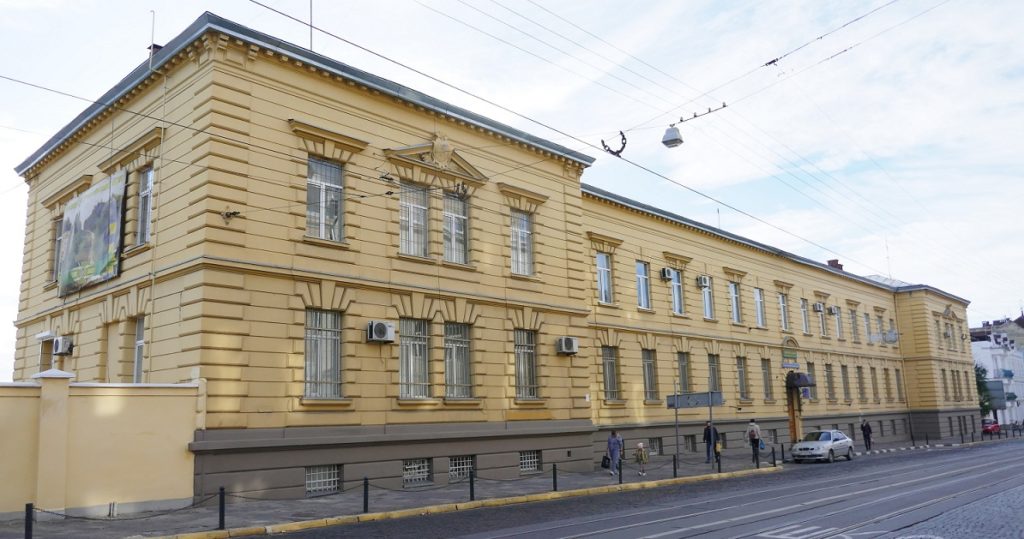
Main building on Lychakivska Street

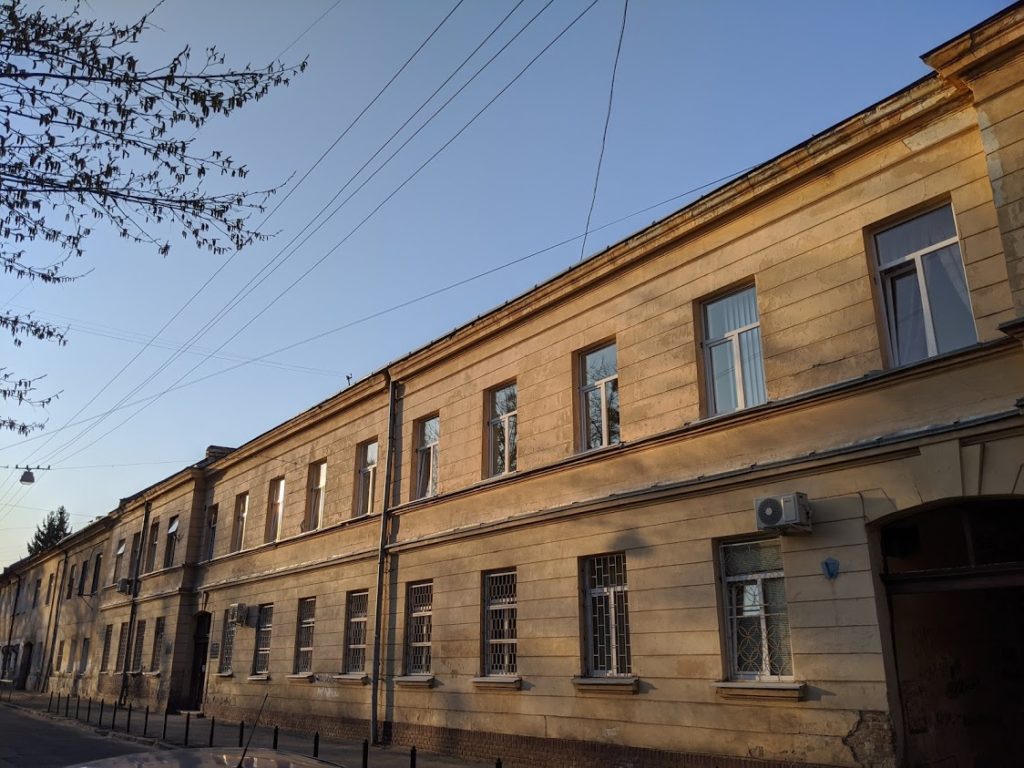
From the side of Nekrasova (Pijarów) Street
Calvary Barracks
Location: 103 Lychakivska St.
Built: Before 1899
Architects: Napoleon Łuszczkiewicz and Alfred Kamienobrodzki
Style: Neo-Renaissance
Housed: Calvary
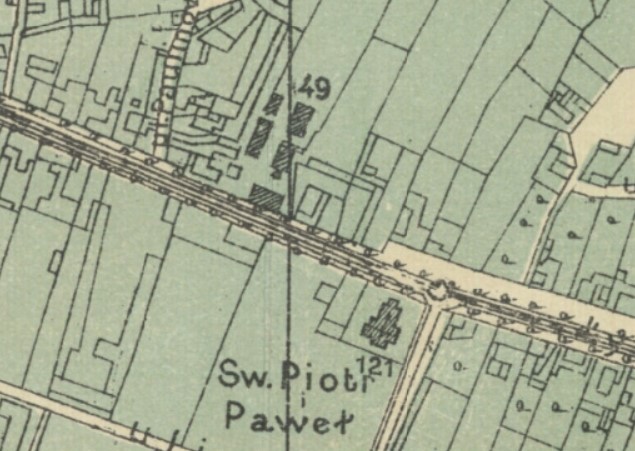
1890 | 49 (my guess) 
1910 | 120
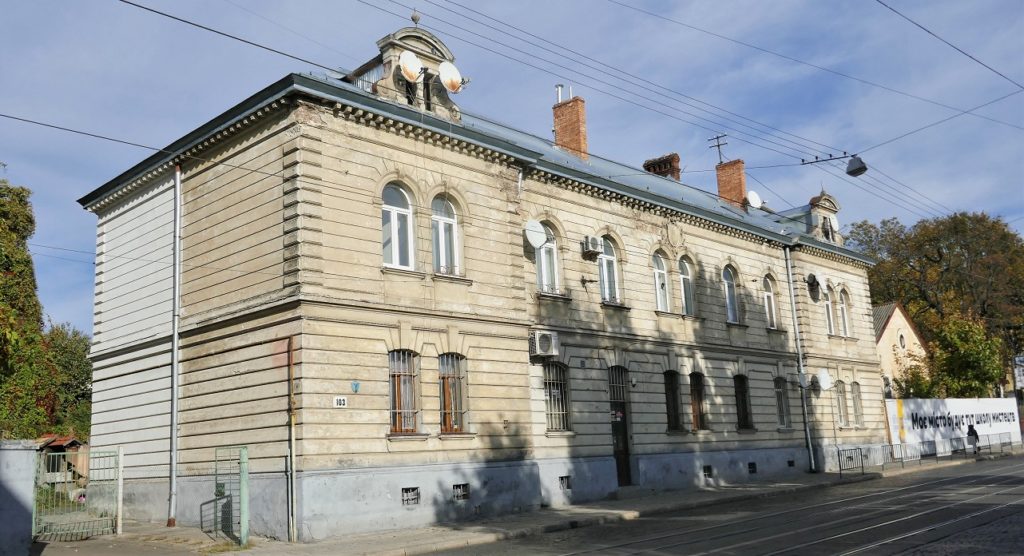

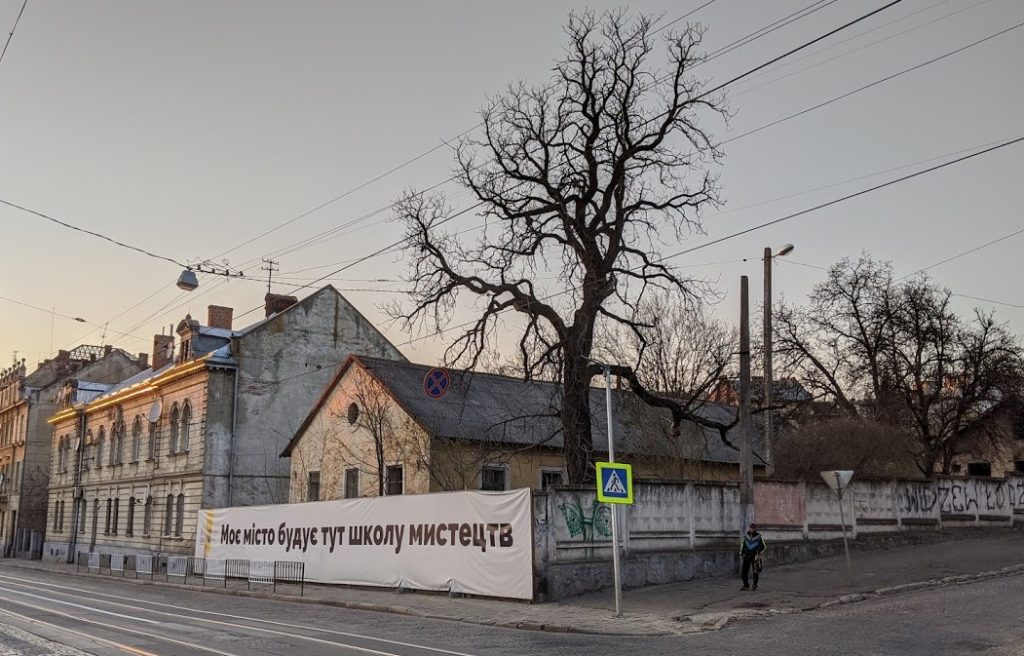
Barracks on Pijarów
Names: Koszary Obr. Kraj. (Barracks of the Regional Defense)
Built: Before 1985
Housed: Infantry
Location: 4-6 Nekrasova Street (former ul. Pijarów)

1895 
1900 
1902 
1907 | 31 Koszary Obr. Kraj. 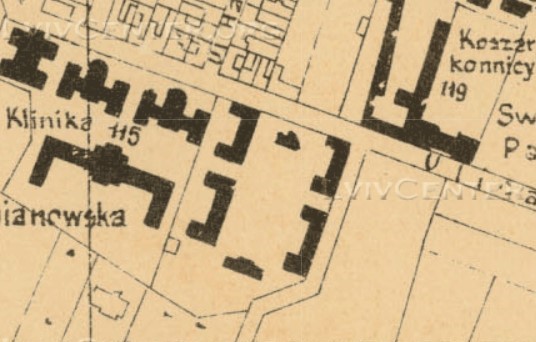
1910
Jałowiec Barracks Complex
Names: Koszary Jazłowieckie; Koszary konnicy obrony kraj. (Cavalry of the Regional Defense barracks); Koszary ułanów obrony krajowej (Regional defense lancers barracks)
Location: 148, 150, 152, 154, 156 Lychakivska St. (Jałowiec neighborhood)
Built: End of the 19th century
Housed: The Landwehr Lancers Regiment (German: KK Landwehr-Ulanenregiment No. 1).
Today: An auto repair plant
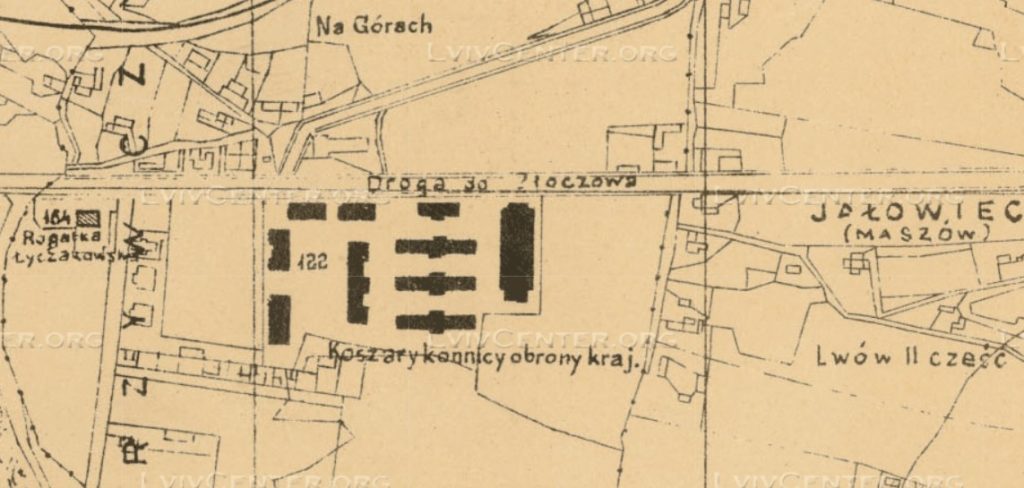
1910 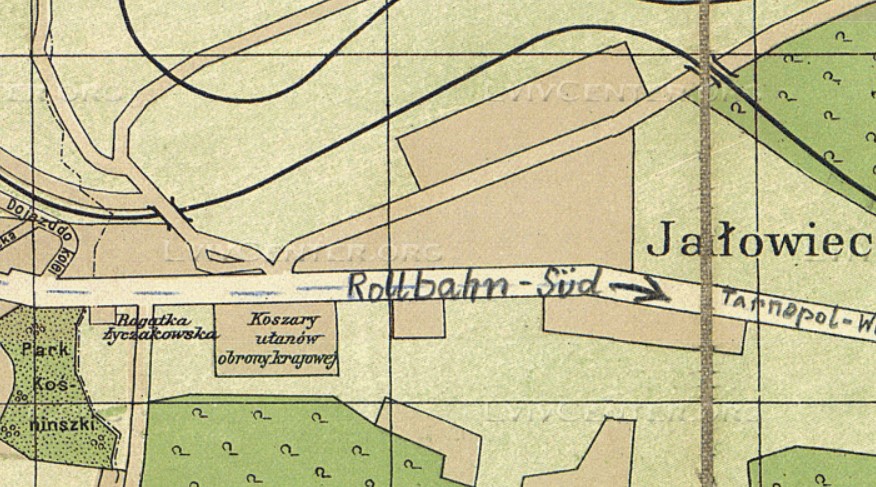
1910

In 1883, the Landwehr Lancers Regiment was formed, consisting 65% of Ukrainians. At the end of the nineteenth century, a complex of administrative-barracks buildings was built in Jałowiec for the needs of the regiment, which included a field, three stables, a riding hall, and additional outbuildings.
After WWII, when the cavalry units were liquidated, the 128th Auto Repair Plant of the USSR Ministry of Defense was located in on the territory. Today it is still an auto repair plant.
Wulecka Barracks Complex
Names: Koszary dragonów (Dragoon Barracks); Koszary konnicy (Cavalry Barracks)
Housed: 11th Cavalry Artillery Division (K. u. K. Reitende Artilleriedivision № 11)
Location: 5г, д, є Kniahyni Olhy St. (former Wulecka St.)
Built: 1895-1908
Architect: Wincenty Rawski, Jr.
Today: After Ukrainian independence, the barracks were rebuilt as residences for officers.

1900 
1907 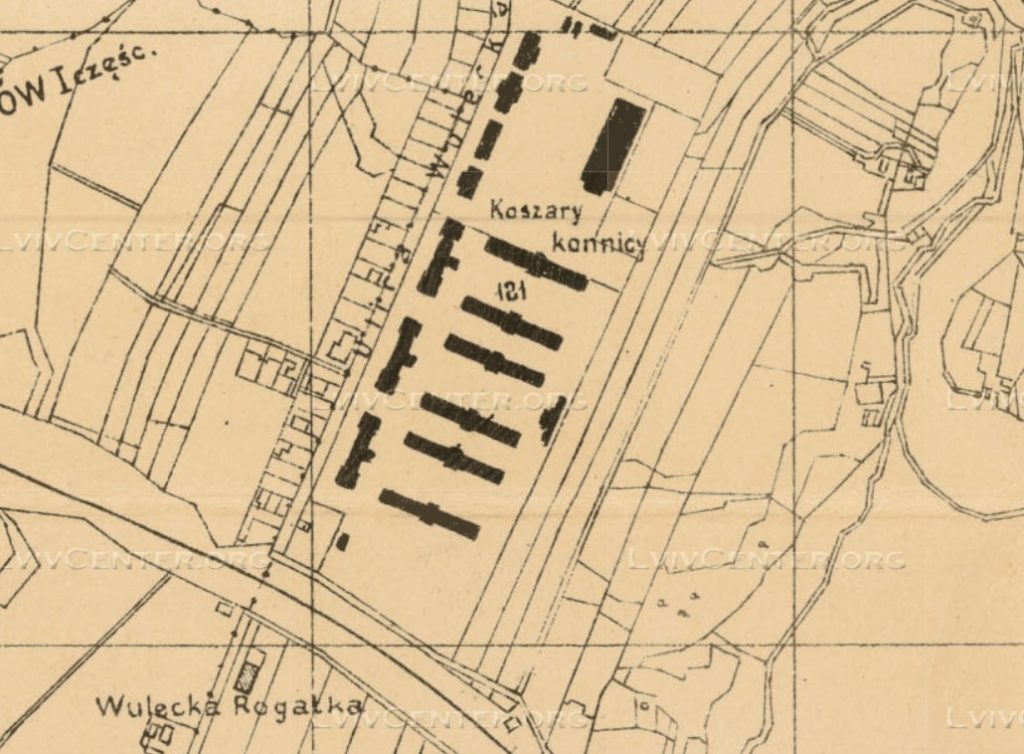
1910 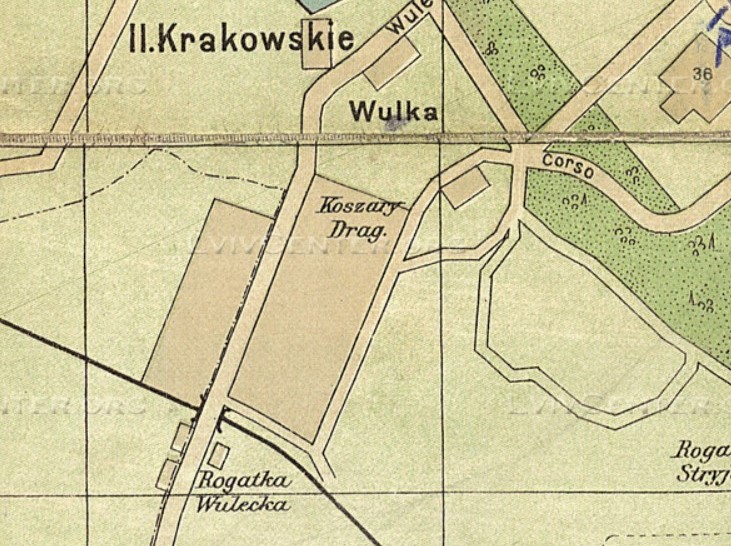
1910
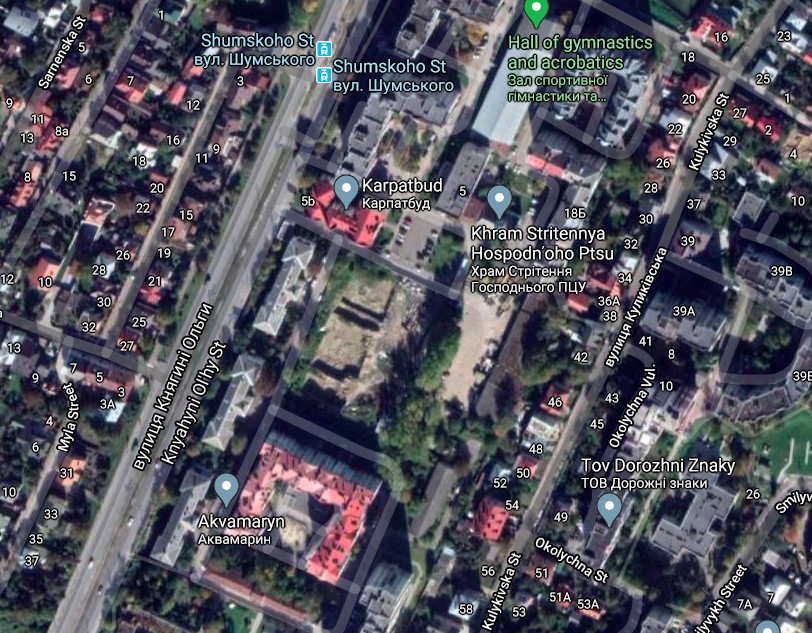
Housed the Austrian Army’s 11th Cavalry Artillery Division (K. u. K. Reitende Artilleriedivision № 11), established in 1908. This was one of the last barracks built by the Austrians. The complex included three barracks, a riding hall (maneż), six buildings for stables and guns, as well as administrative buildings.
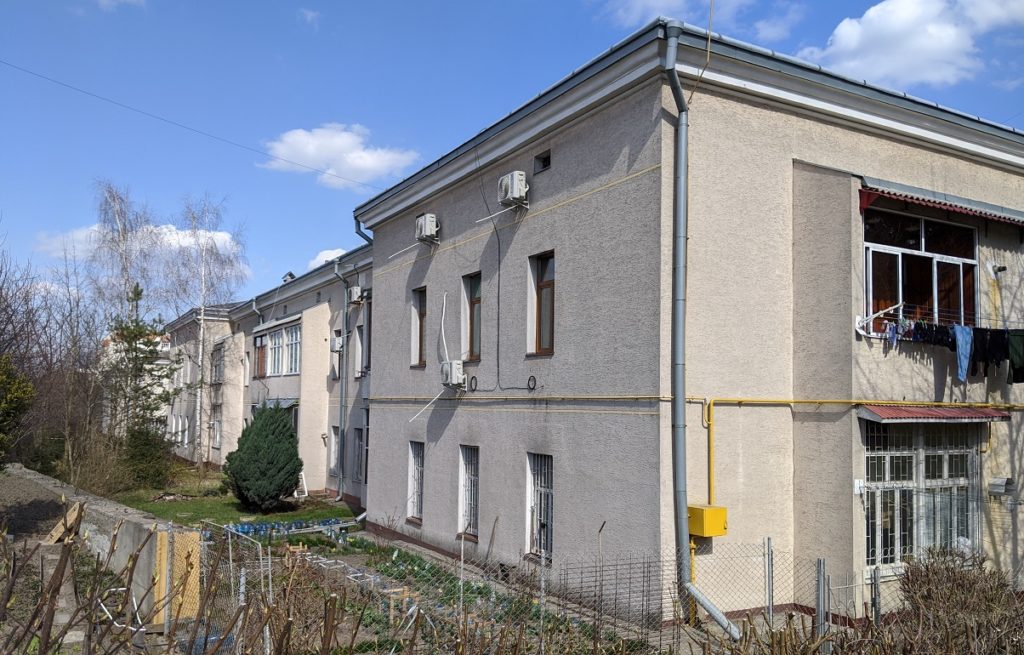
Barracks-turned-apartment buildings, view from Kniahyni Olhy Street
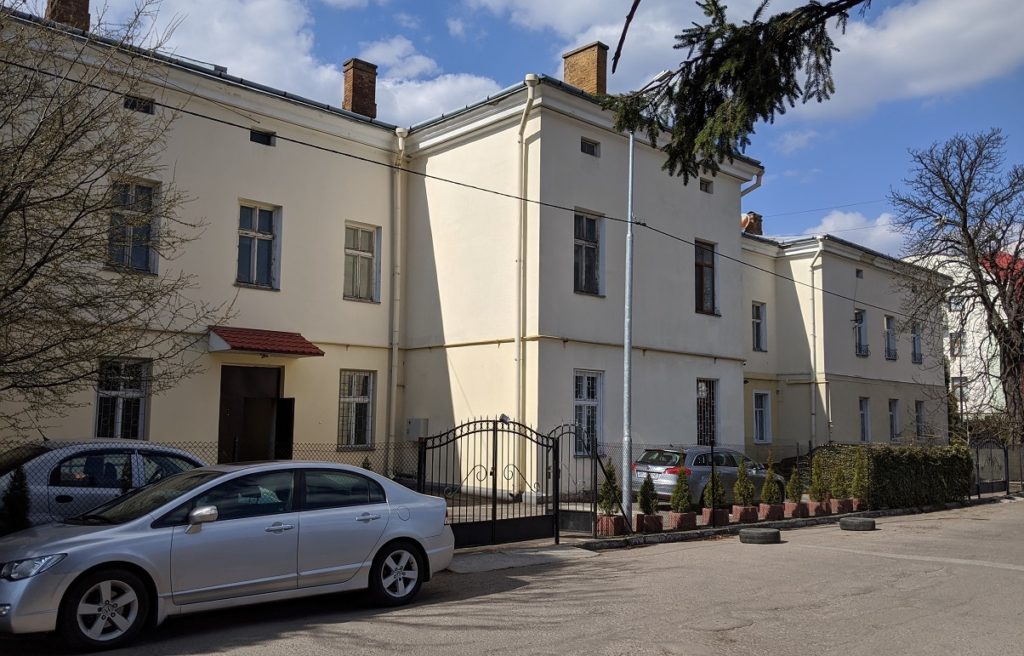
View from back 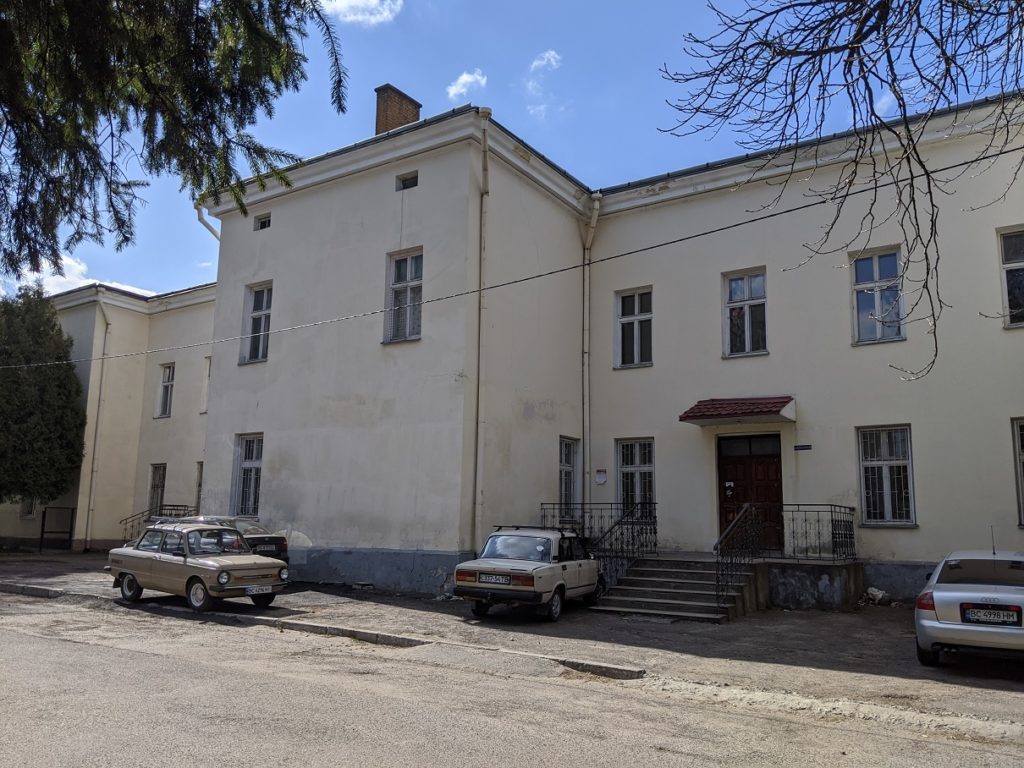
View from back
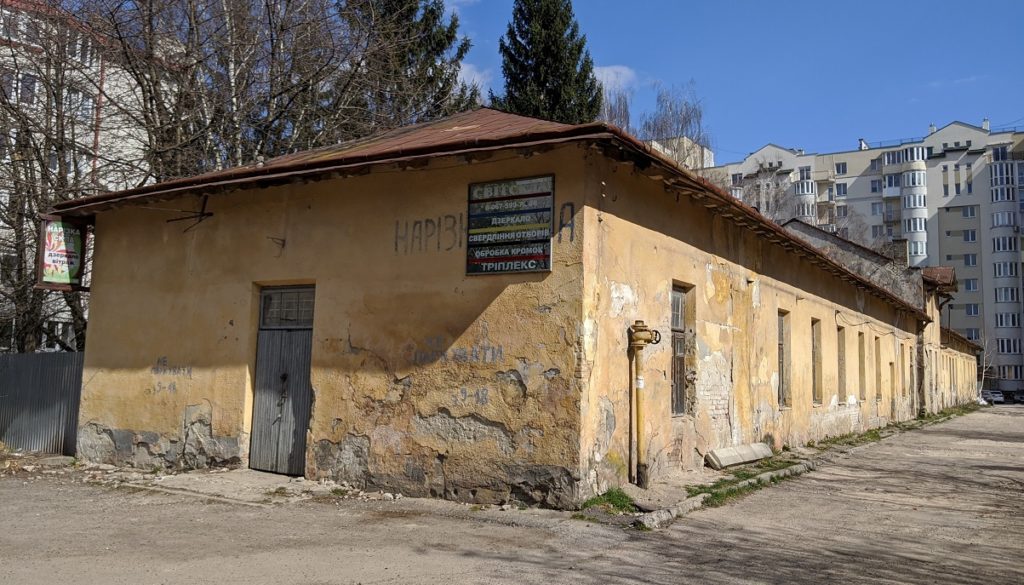
A former stable or gun storehouse – one of the last structures that hasn’t been renovated
Horse Riding Hall
Location: 3a Kniahyni Olhy St. (formerly Wulecka St.)
Built: 1895
Housed: A horse riding hall that was part of the military base on Wulecka St.
Today: A gym
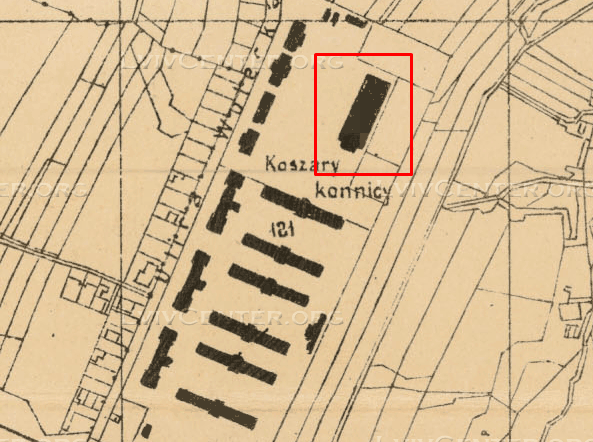
1910
A horse riding hall (maneż) for the Austrian army, which was part of the Austrian military base on Wulecka St. The structure was used as a riding hall until WWII. During Soviet times it was converted into a specialized gymnasium, which belonged to the Army Sports Club (SKA). In 1976, it expanded, and in 2011, another was annex added to the back of the building. Today, it is still used as a gym.
Gendarmerie Barracks
Names: k.u.k. Gendarmerie-Kaserne; Koszary Żandarmeryi; Żandarmerya
Built: 1889-1890
Architect: Józef Kajetan Janowski
Style: Neo-Renaissance
Housed: Gendarmerie
Location: 1 Bandery Street
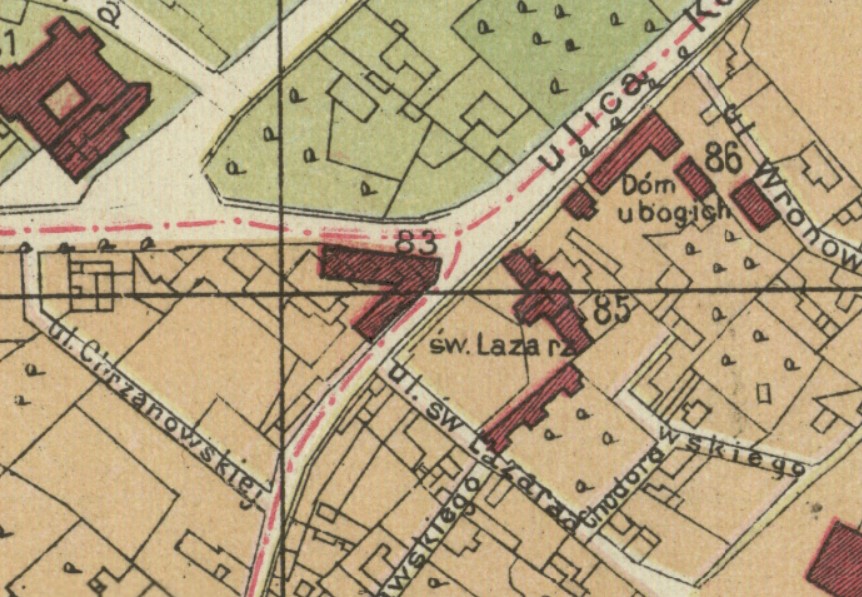
1890 | No. 83 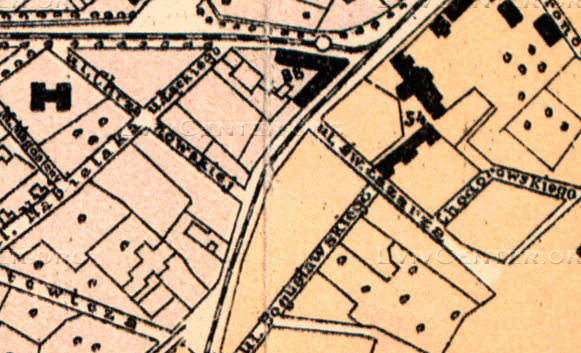
1900 | No. 88 
1902 | No. 73 
1910 | No. 191
Headquarters and barracks for the regional and district command of the Austrian gendarmerie.

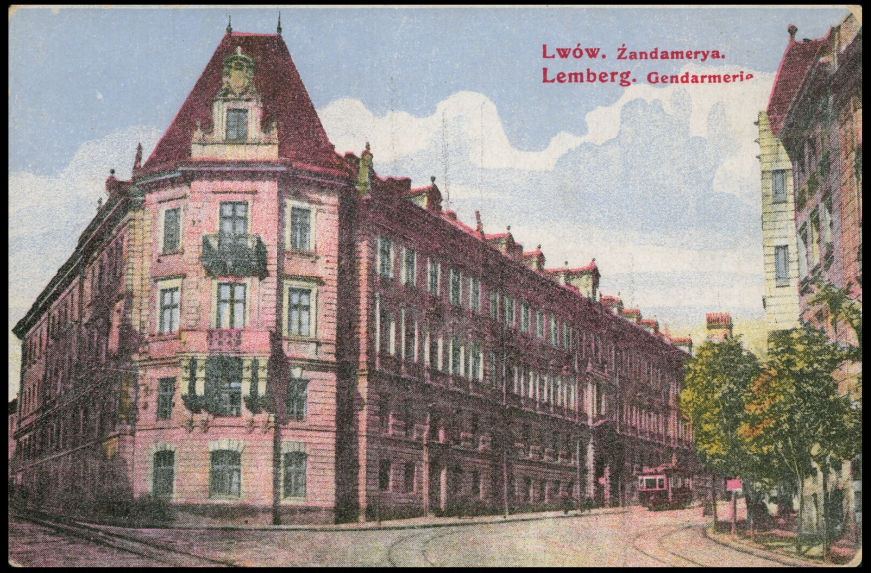
Barrack and Warehouse Complexes on Janowska and Błonie
Artillery Barracks
Names: Koszary artyleri & Kozary konnej-artyleri; Koszary artyleryi im. arc. Leopolda Salwatora and baraki artyleri konnej
Built: 1890
Housed: Artillery and Horse Artillery
Location: Shevchenka Street (87a) and on Zaliznychna Street (former Błonie)
Today: Territory of the Avtonavantazhuvach factory and of new apartment building complexes
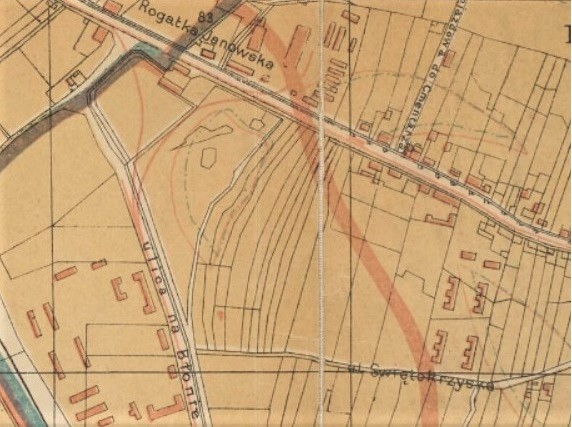
1890 
1895 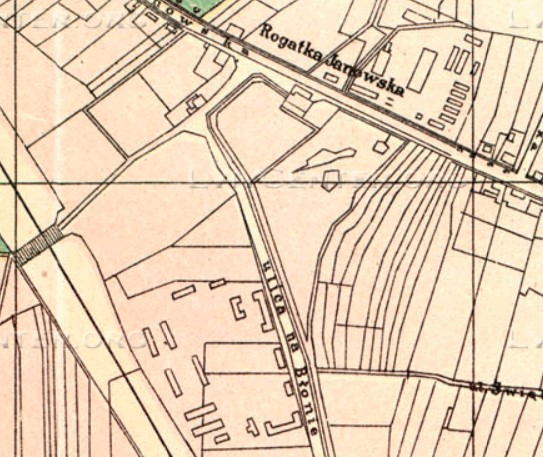

1910 
1910
With the advent of the railway in Lviv, the military became the first use the sites near the station to construct barracks and warehouses in which they stored machinery and artillery weapons. This made it convenient to load equipment to move to areas of fighting. Barracks and warehouse complexes appeared at ul. Na Błonie (now Zaliznychna Street) and at 17 and 65 Janowska (Shevchenka) St.
Specifically, in 1890 on Na Błonie, barracks were built for the heavy artillery division — the Arch. Leopold Salwator Artillery Barracks. At first divisions of the 11th Corps Artillery Regiment were stationed here, from 1909 the 14th Detached Division of the Horse Artillery.
Today much of the buildings have been lost, especially around Zaliznychna Street.
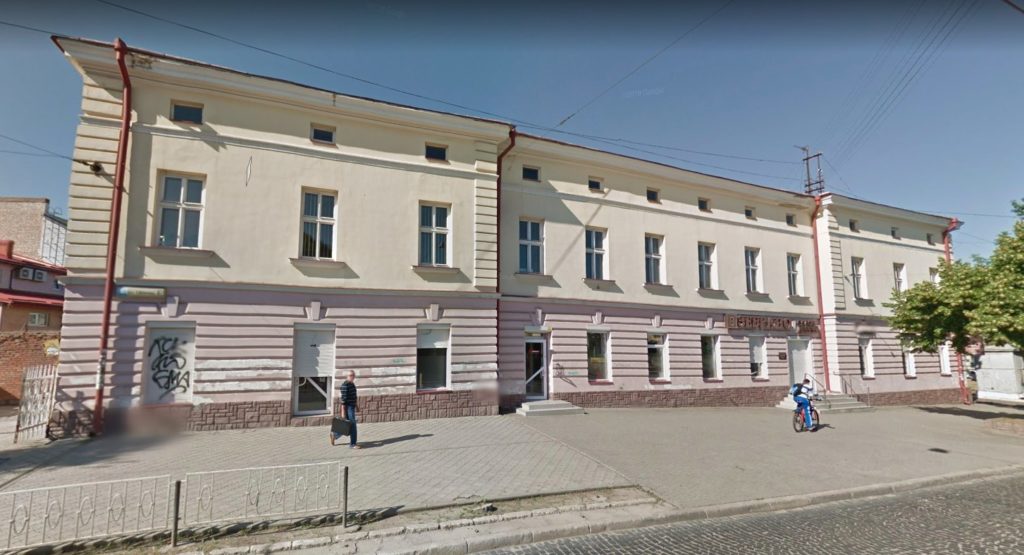
Former barracks on Shevchenka Street (Google Street View)
Warehouses on Janowska
Location: 118 & 120 Shevchenka Street
Just north of the Arch. Leopold Salwator Artillery Barracks was a territory with magazines (military warehouses). Many of these buildings have survived, some are in a poor state — others have been renovated.
Barracks Between Janowska & Świętokrzyska
Further east, between Janowska (Shevchenka) St. and Świętokrzyska (Bortnyanskoho) St., a barracks and warehouse complex was built. It housed the infantry. When I visited the area I couldn’t find any traces of these barracks.
Lemberg Barracks Complex
Names: Koszary obrony krakowej piechoty (Regional defense infantry barracks)
Built: Beginning of 20th century
Housed: 19th Landwehr Infantry Regiment “Lemberg”
Location: 16 Lychakivska Street
Today: New apartment buildings and a building of the State Border Service of Ukraine
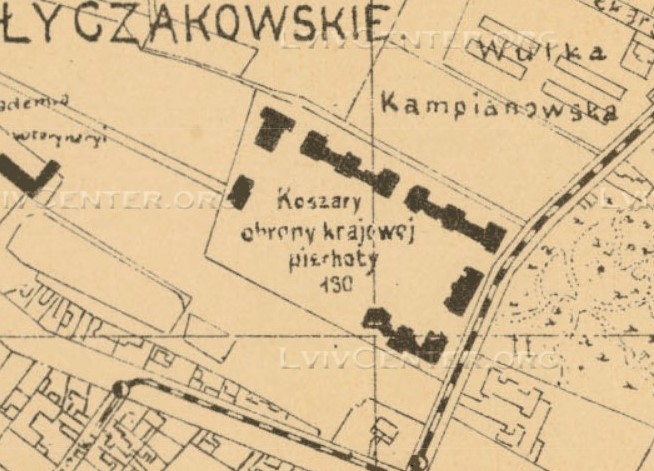
1910 – Koszary obrony krajowej piechoty 
1910 – Koszary obrony krajowej
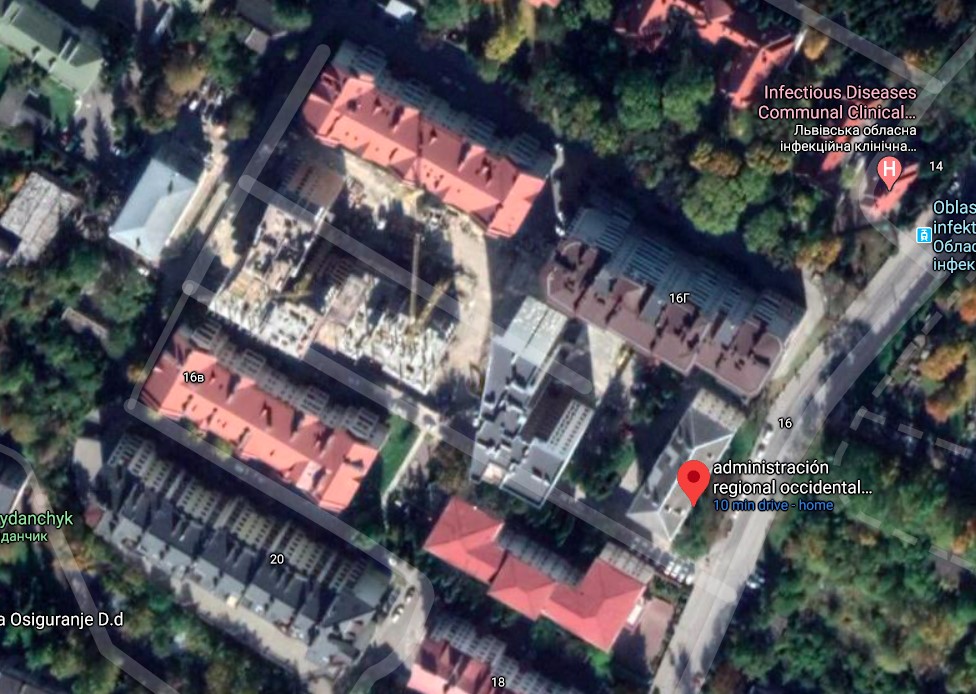
A barracks complex was built across from the Lychakiv Cemetery at the beginning of the twentieth century, which housed the 19th Landwehr Infantry Regiment “Lemberg.” Later, it was transformed into residences for officers. Part of the territory now has a modern apartment complex — it looks like the original buildings were kept but that they were transformed into new apartment buildings and that additional floors were added to them. One building houses the Eastern Regional Administration of State Border Service of Ukraine.
Sources:
https://lia.lvivcenter.org/uk/objects/kn-olhy-3a-sp/
Вул. Личаківська, Вікіпедія
Вулиця Княгині Ольги (Львів)
Михайло Слободянюк, Військовий Гарнізон Львова Напередодні І Світової Війни
Андрій Козицького, Енциклопедія Львова, том 3, Літопис. Львів, 2010.
Наполеон Лущкевич – будівничий львівських вілл та казарм
Maps:
http://www.lvivcenter.org/uk/umd/location/lviv/
See also Part I:

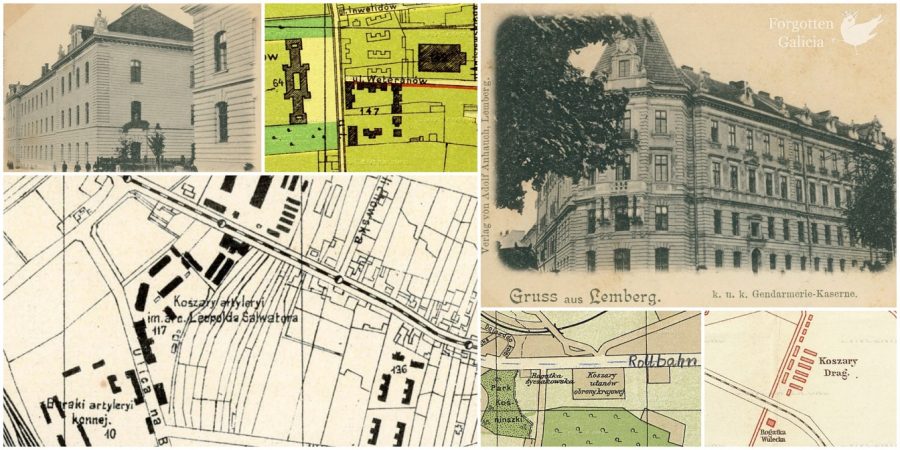
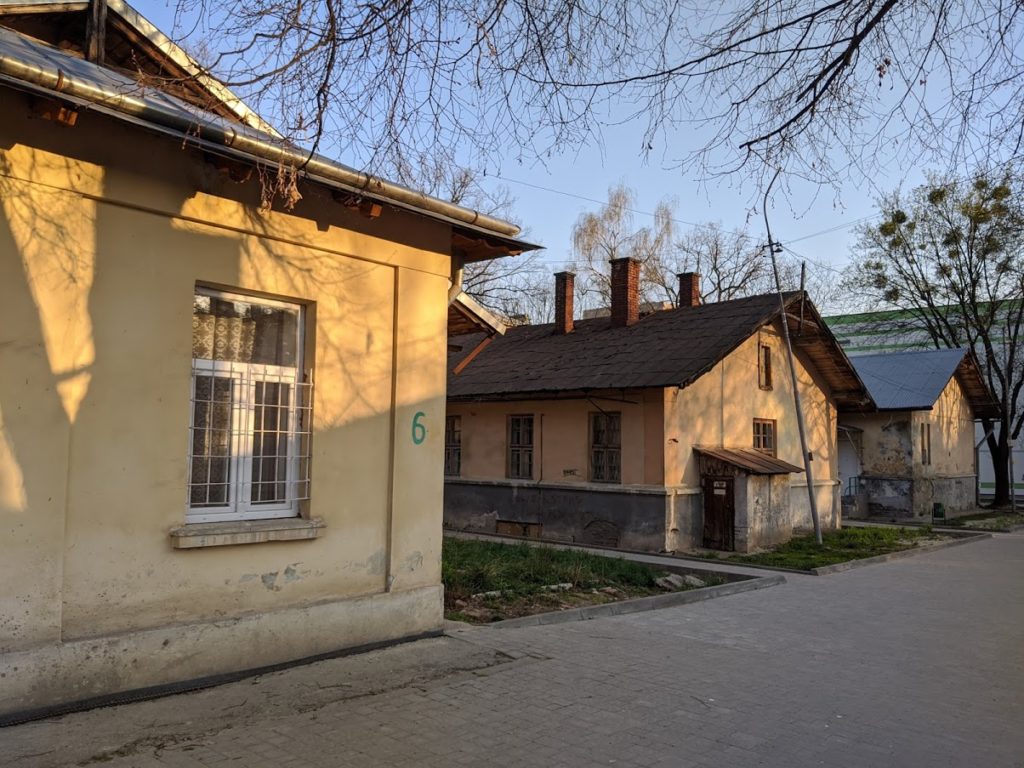
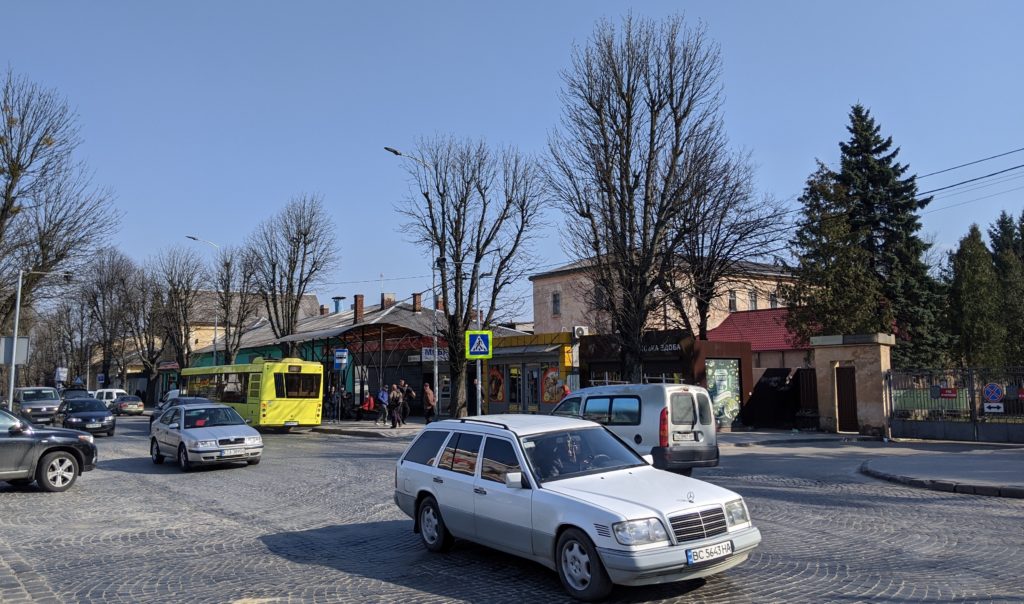
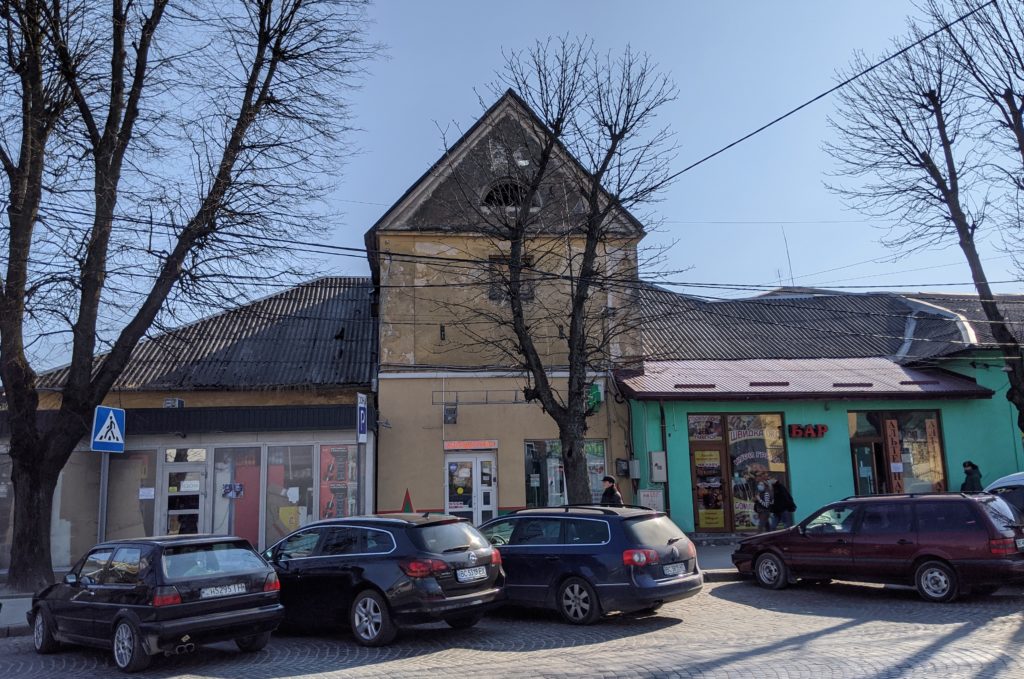
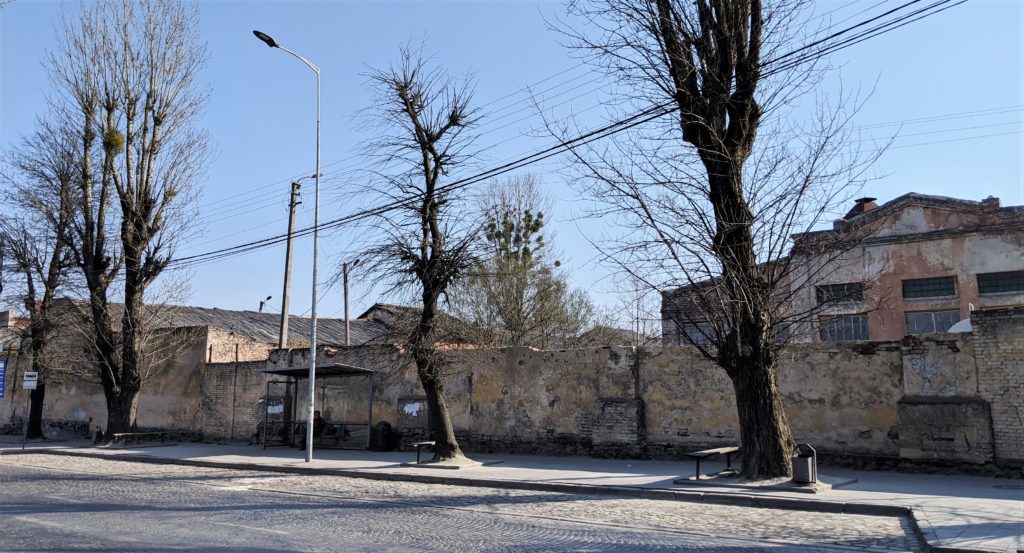
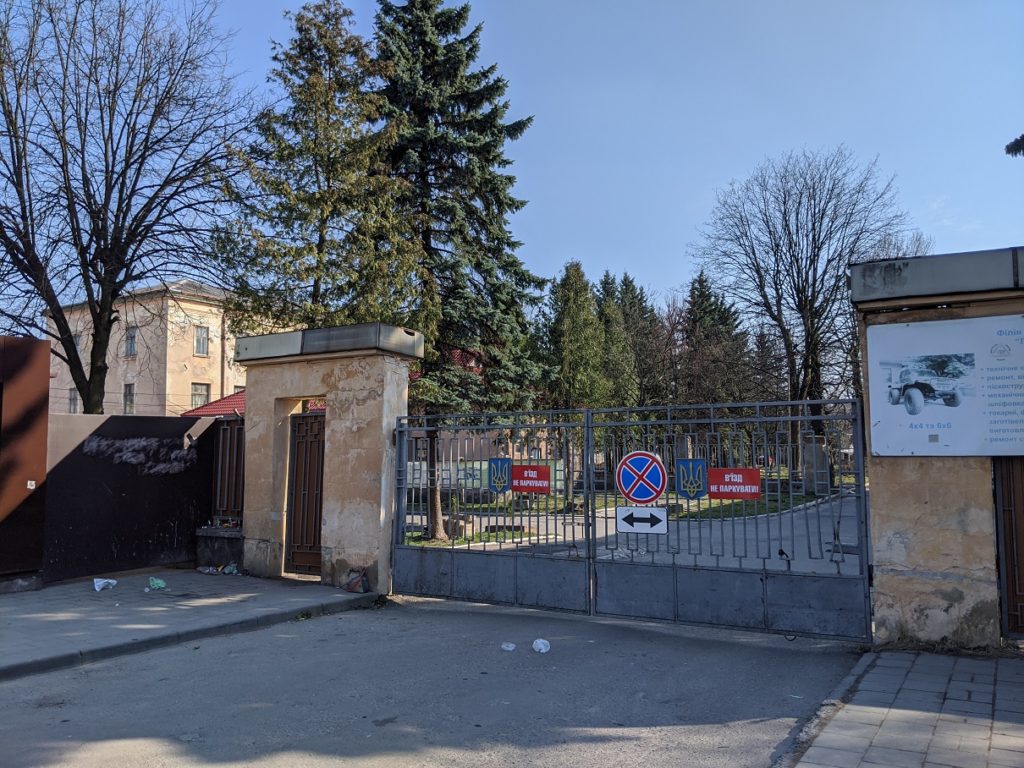
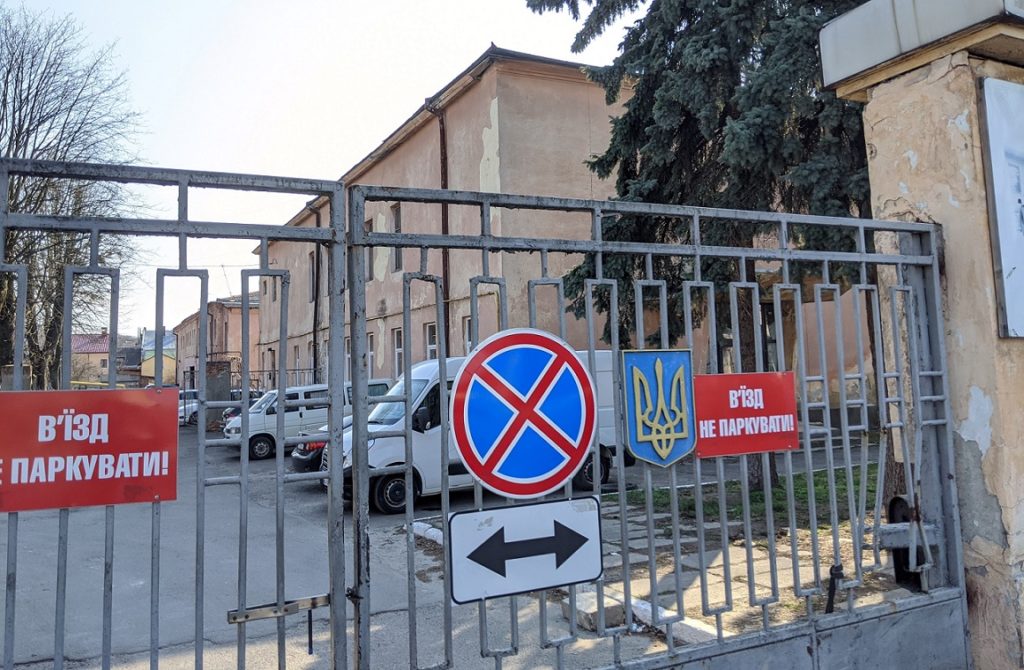
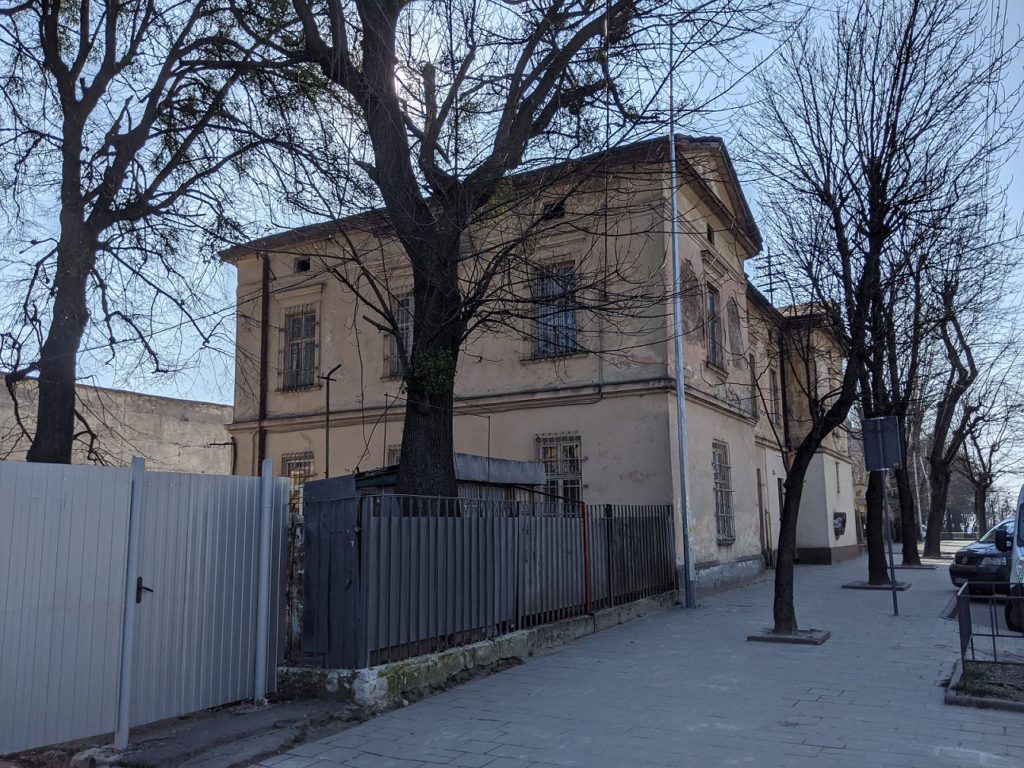
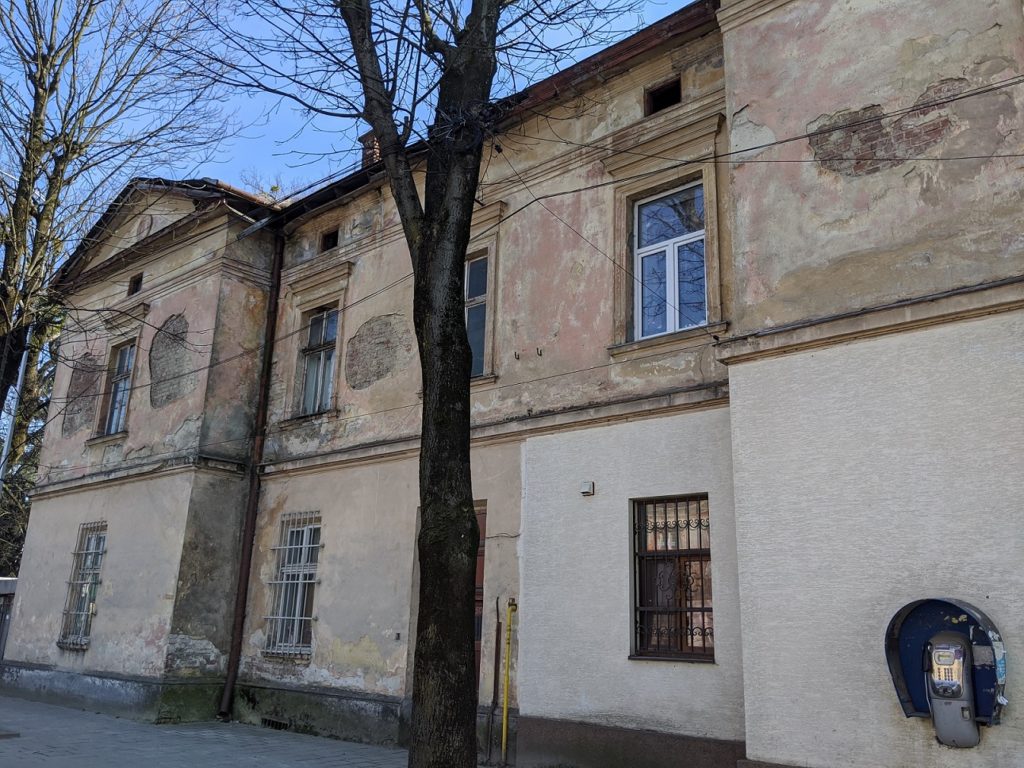
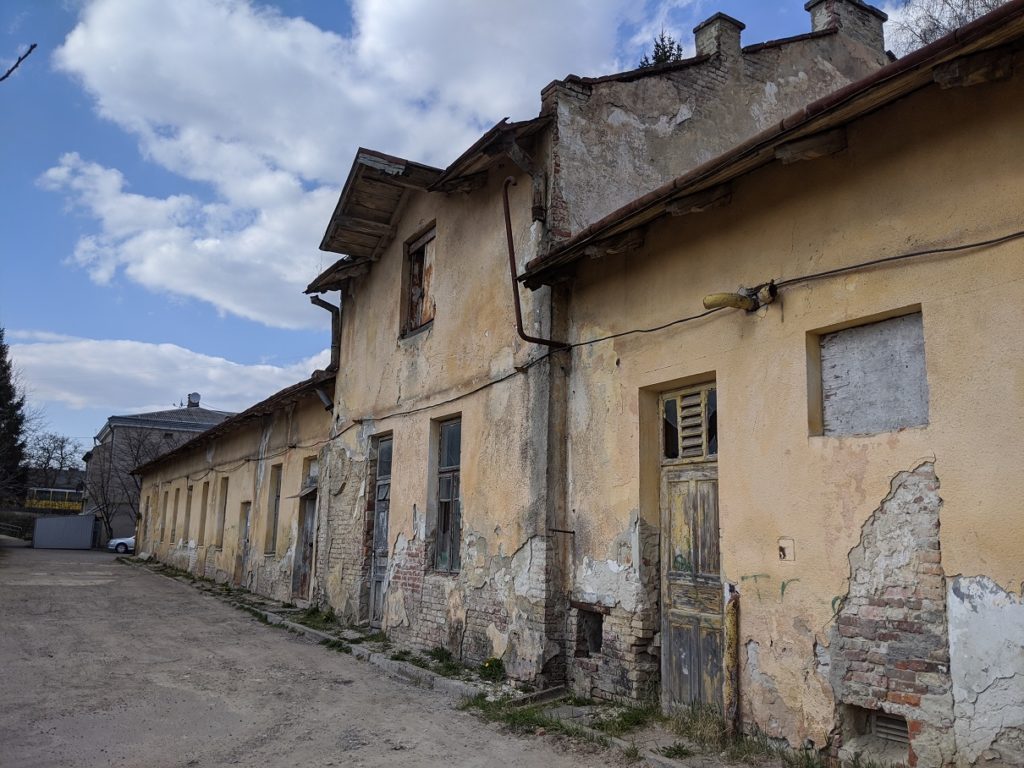

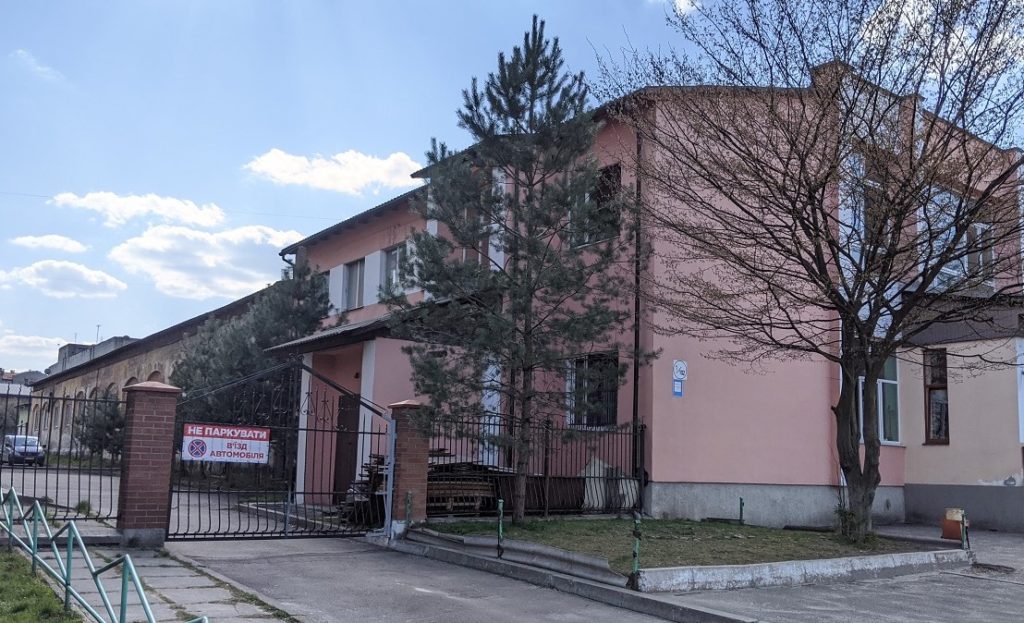
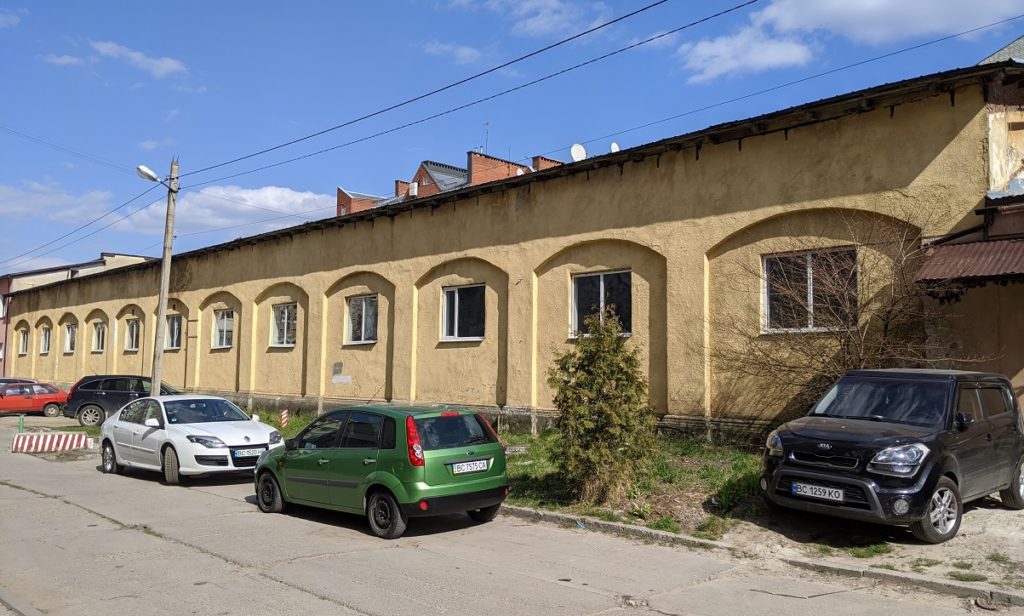
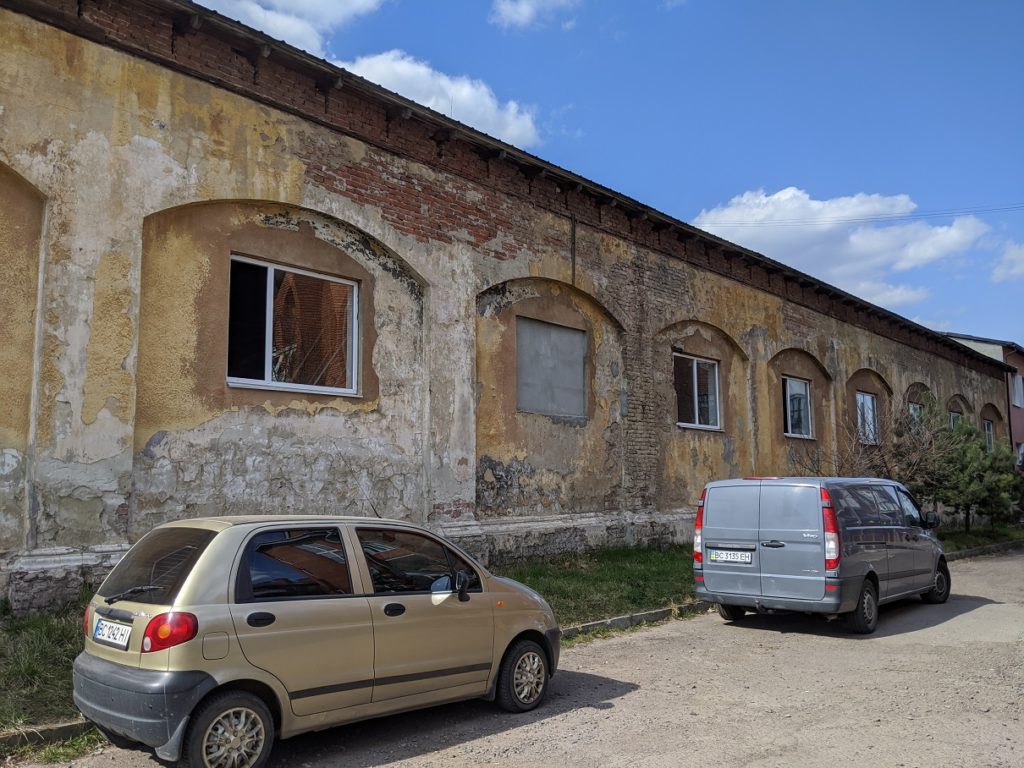
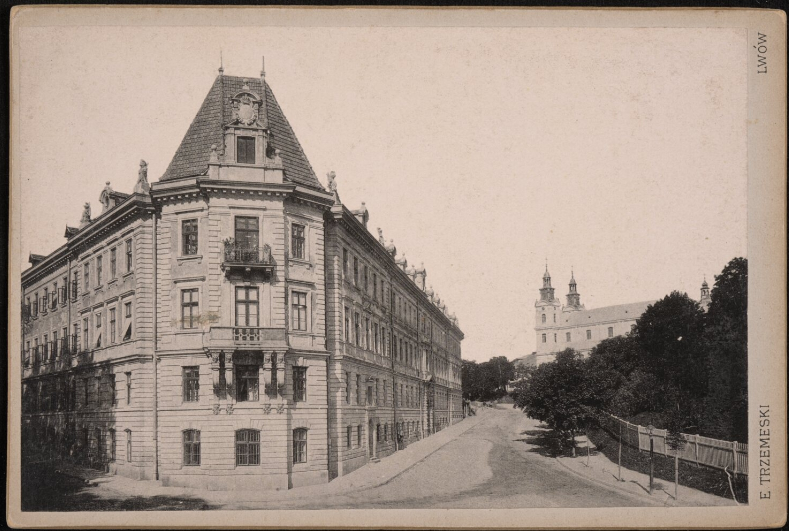

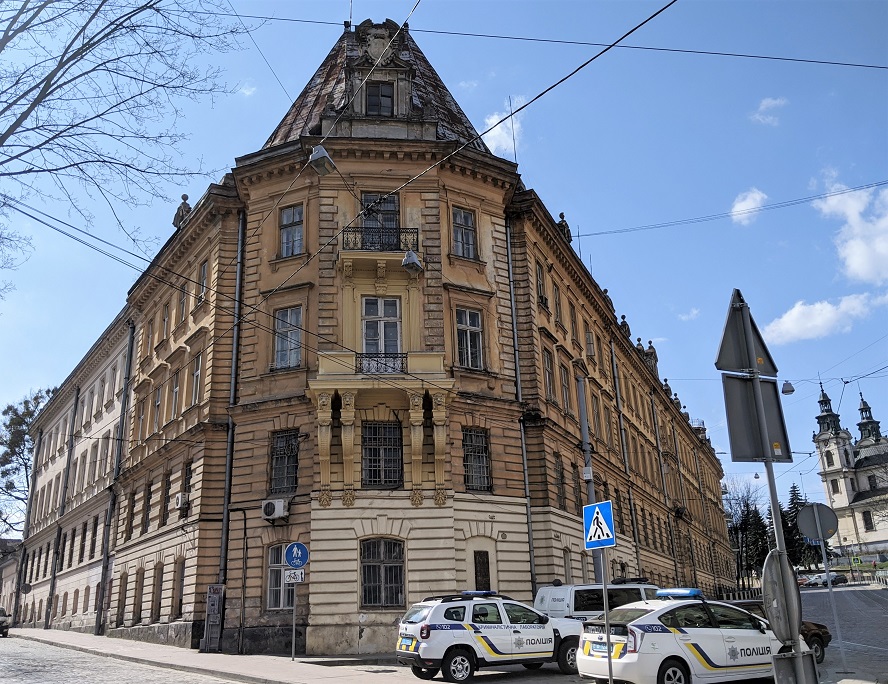
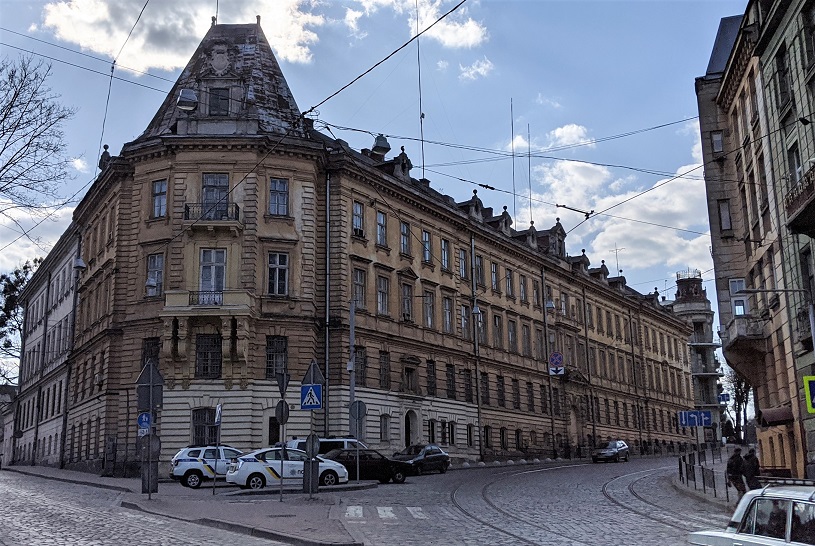

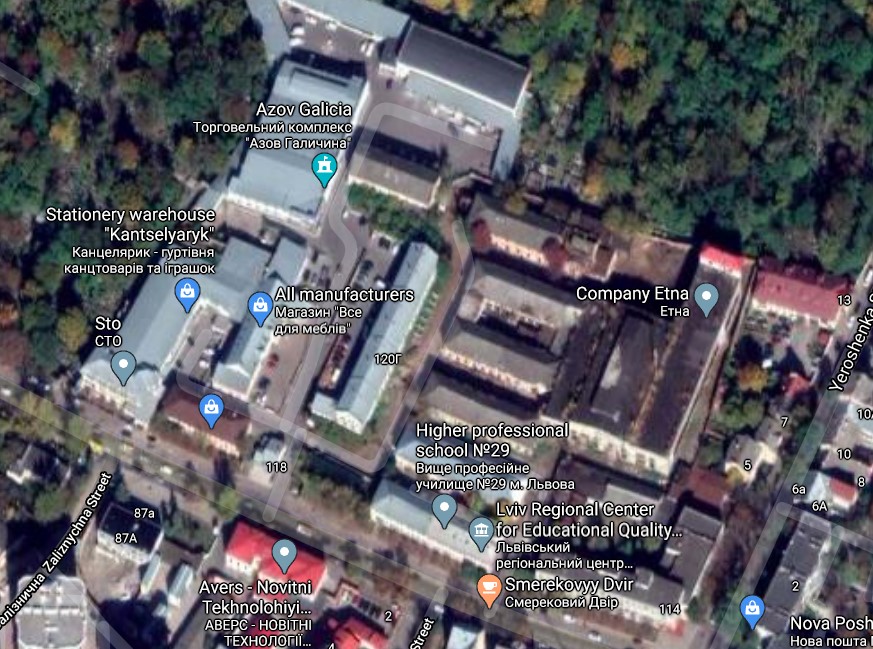
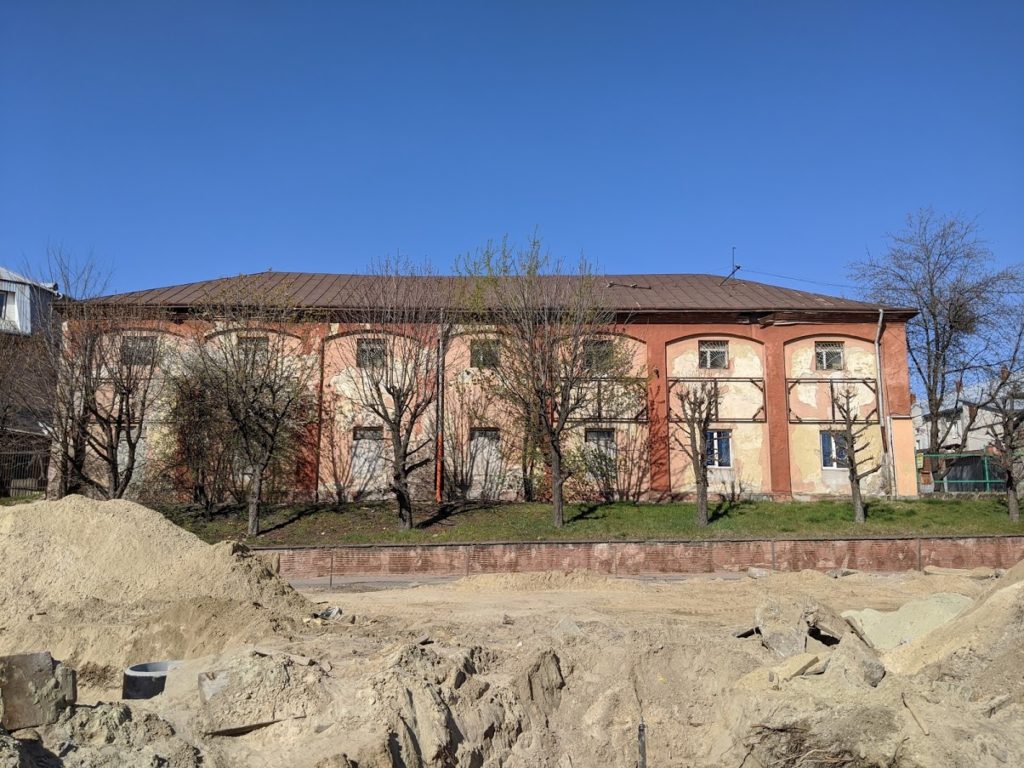


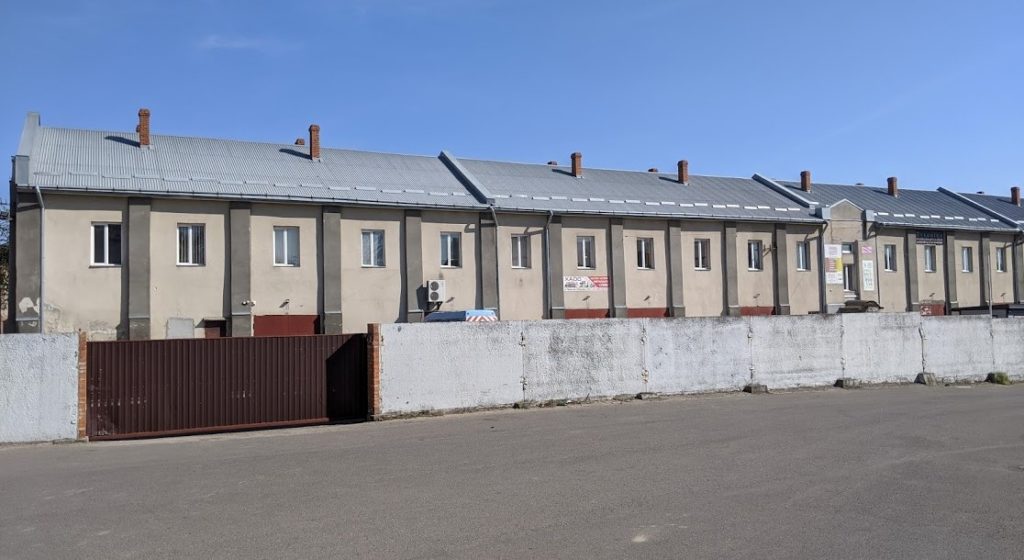
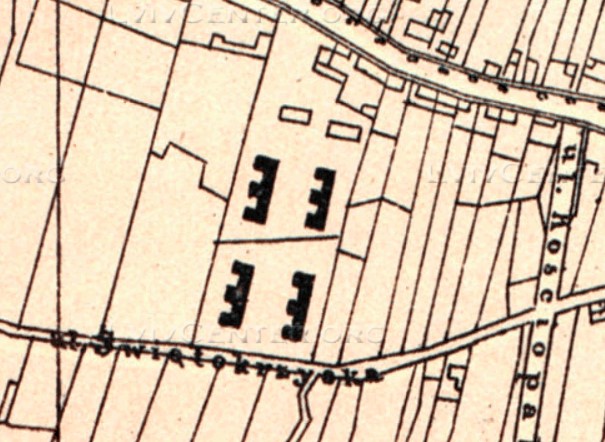
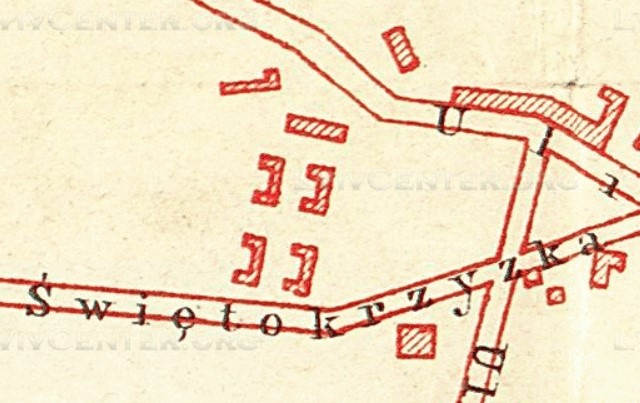

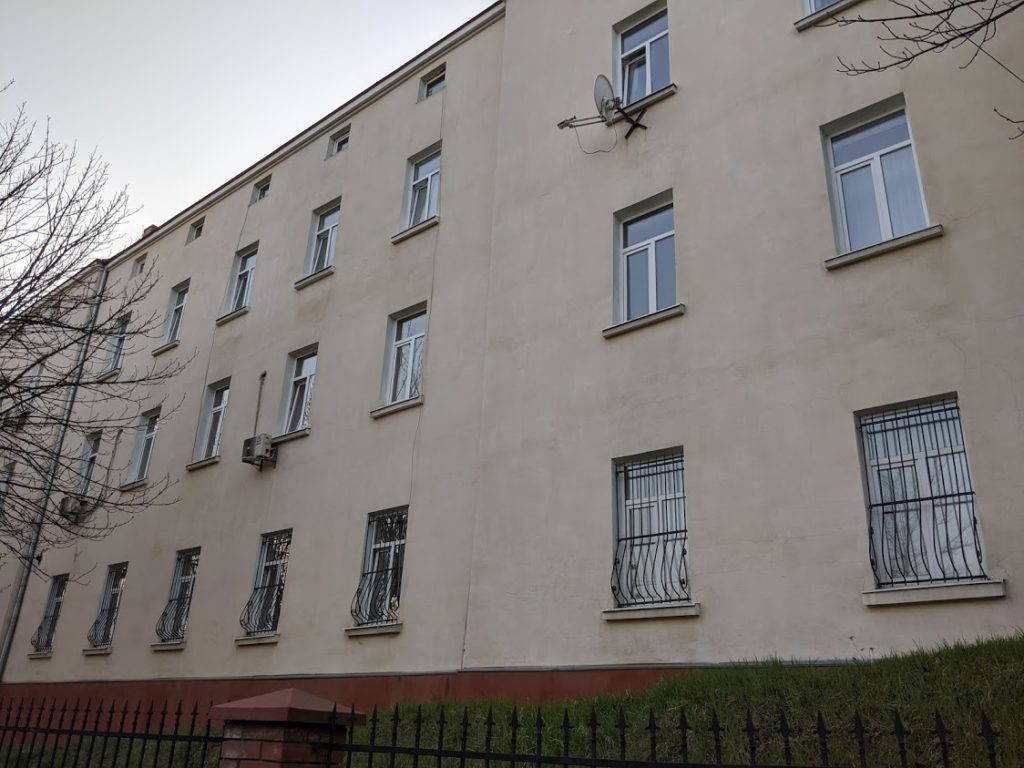
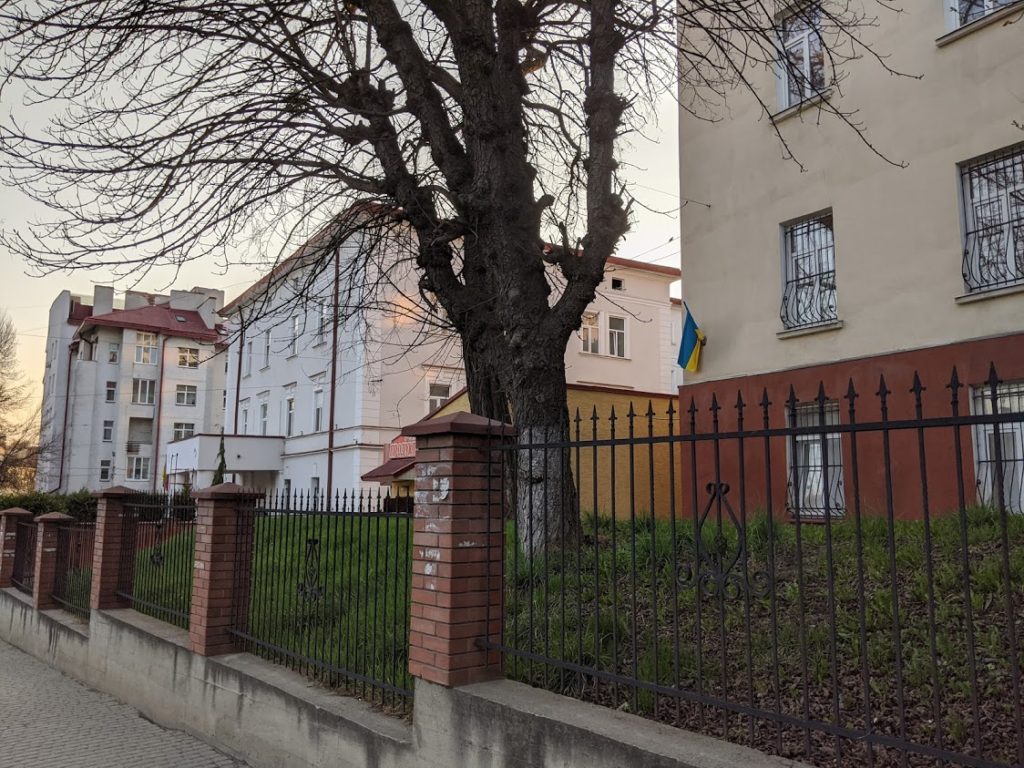





This is so great and so extensive. Amazing research!
Thank you!!
Розташування комплексу казарм Лемберг – Мечникова, 16